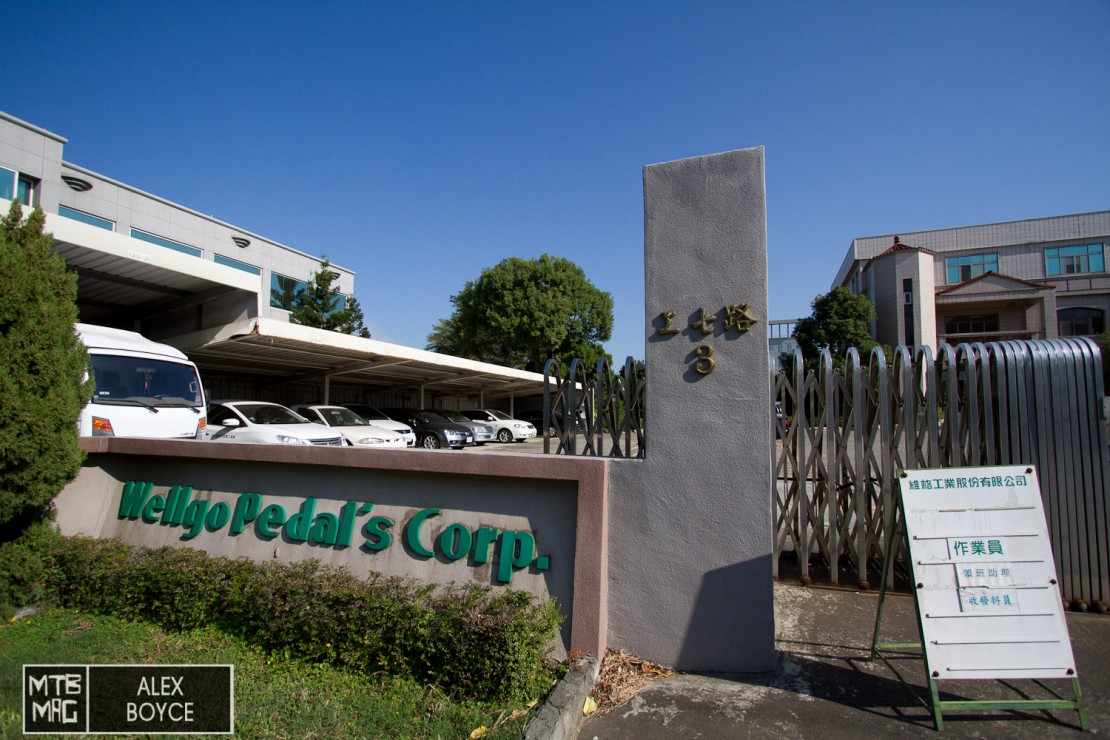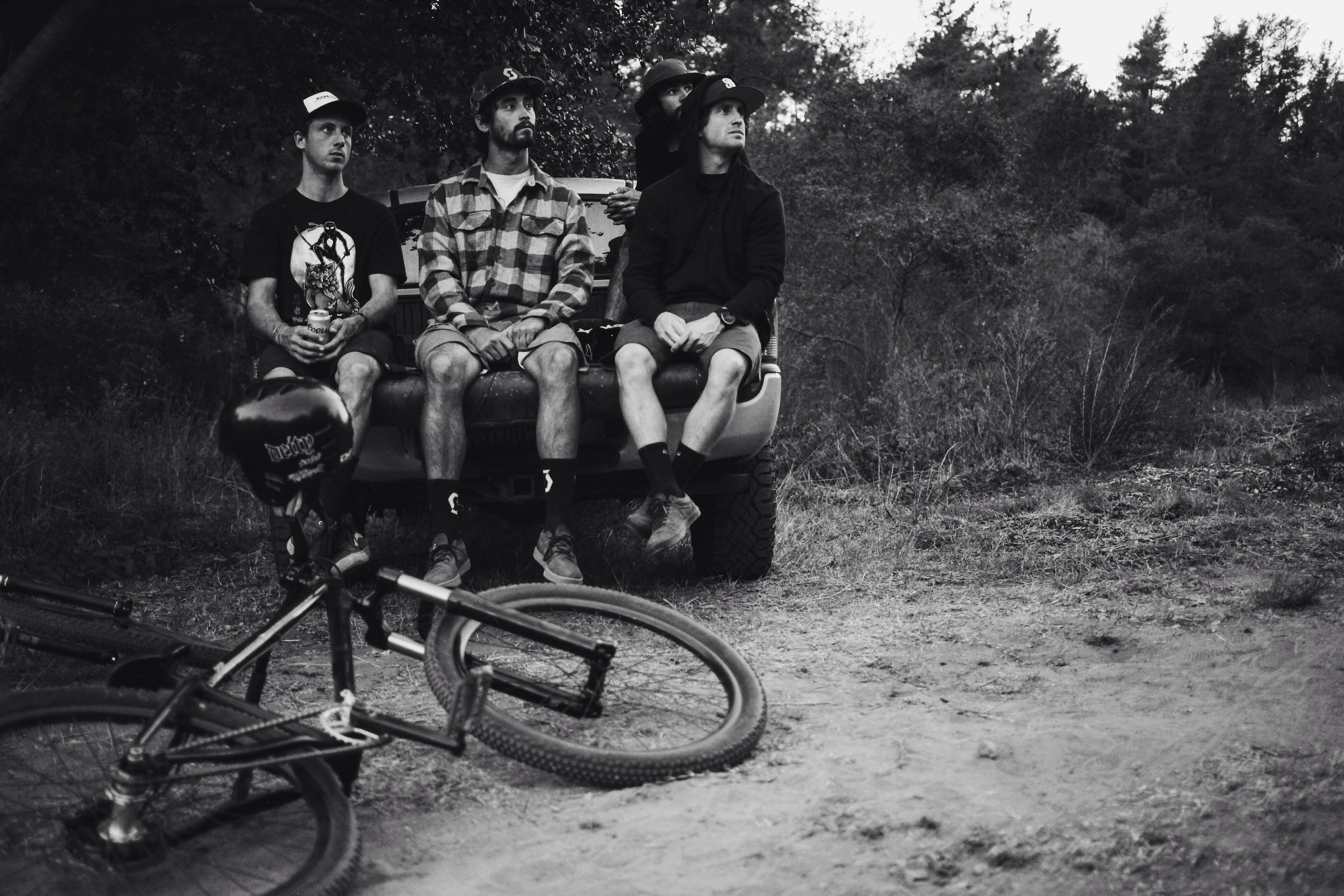All components on a bike are important, but the pedals are the first parts that connect our intentions with making the bike actually work. We push on the pedals and we move. Eighty percent of high end pedals are made in one place, that is the Wellgo factory in Taichung, Taiwan. That includes clipless pedals and flat pedals. This represents around 10-20 percent of the pedal market roughly, although no exact numbers are forth coming, but this particular pedal factory turns out about 15 million pairs of pedals a year.
Taichung is the centre of bike production in the world with almost everything on a bike being made here.
The low end rest of the market is made in China or in other specialist places for example Shimano has it’s own production facility. All in all it means there are about 180-200 million pedals made every year, that is a lot of pedals. It also gives a clue to how many bikes might be made in a year, although not all pedals are sold with bikes. From a simple components like this it is possible to start to understand the magnitude of the bike market, it should be noted that it is still growing.
Wellgo showed us around their facility and what it takes to make pedals.
Wellgo Factory Visit
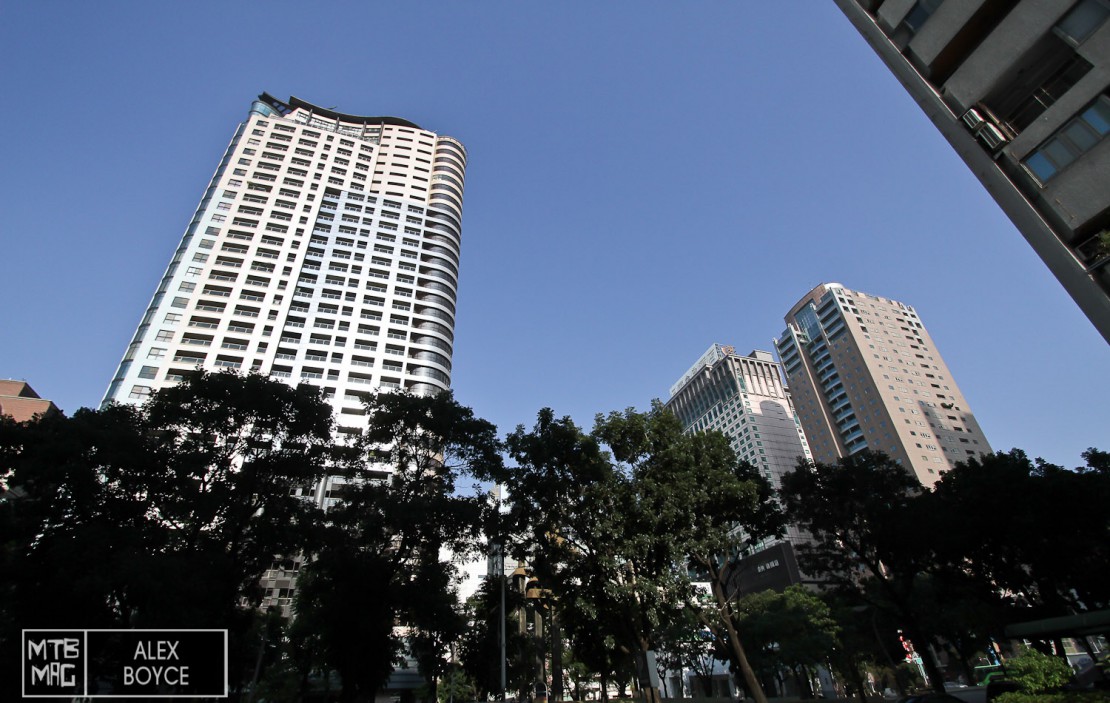
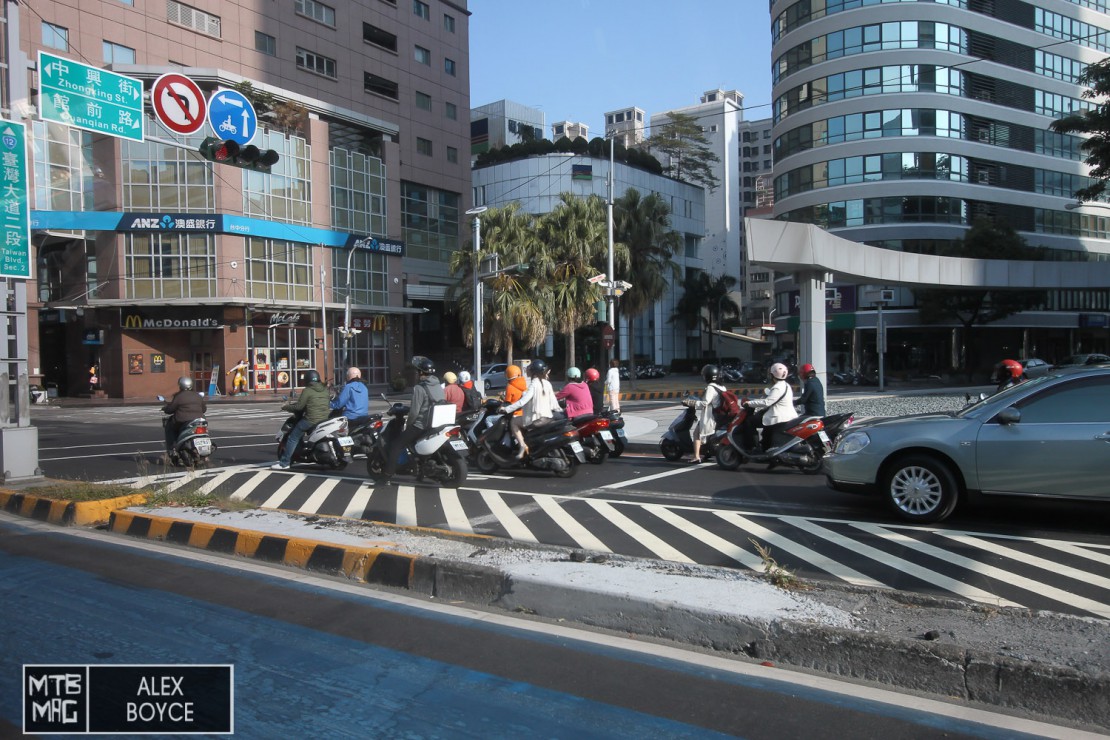
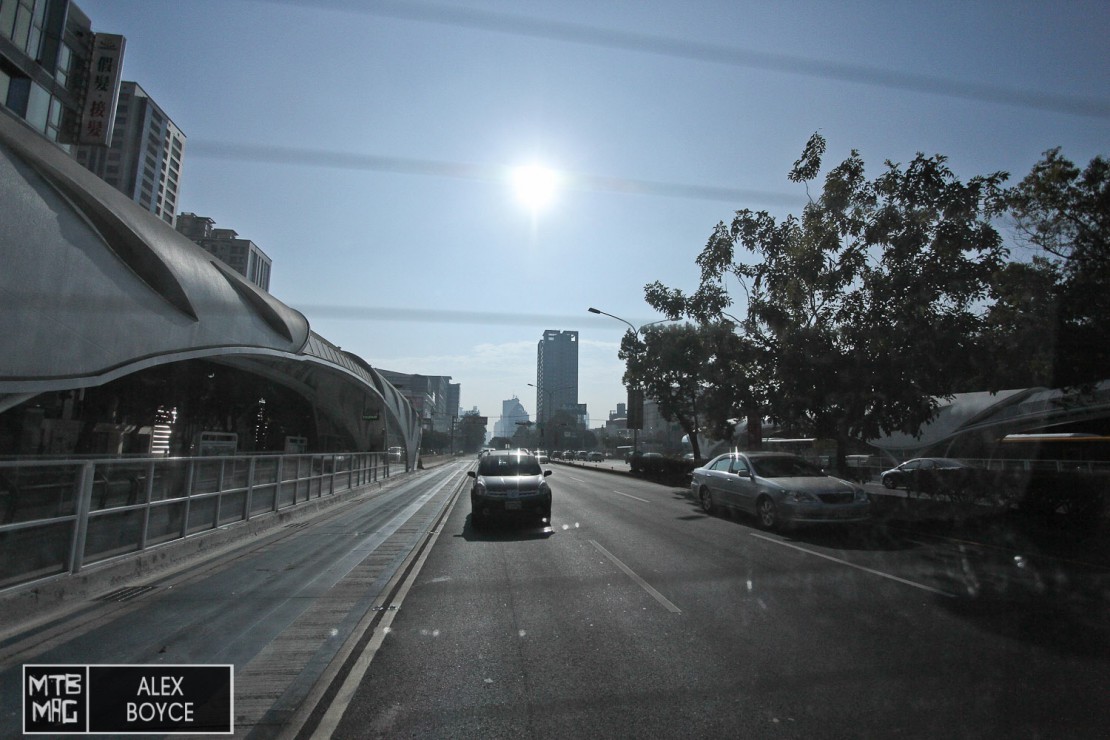
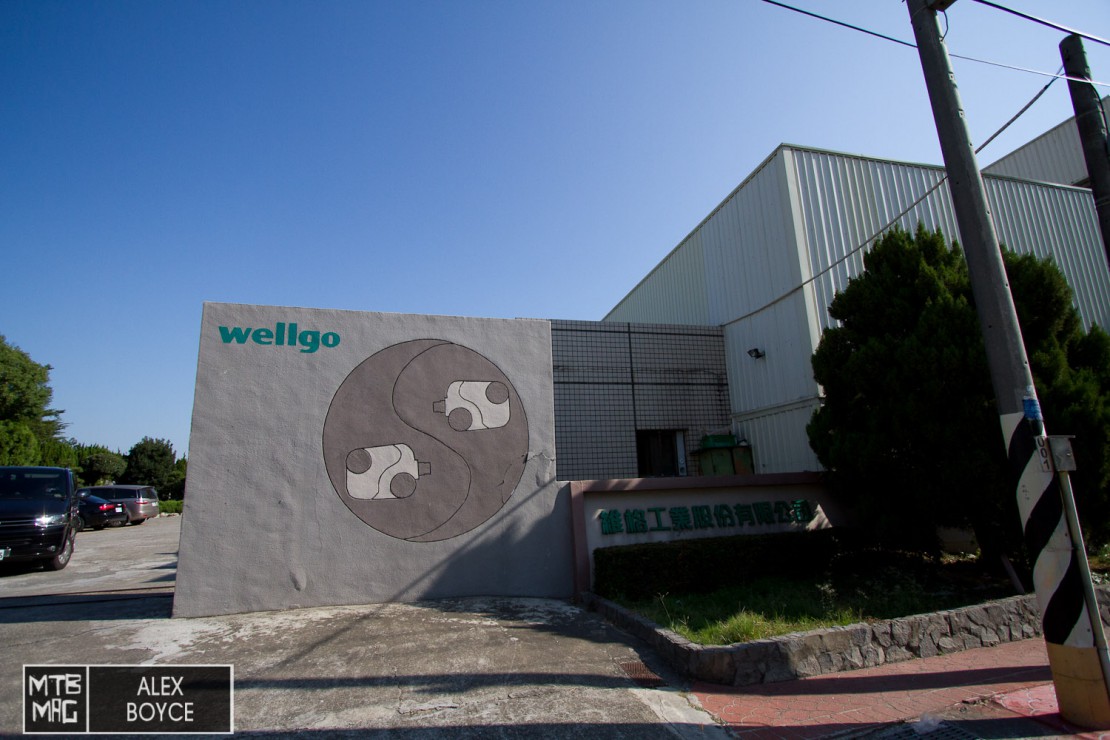
Wellgo is a family run firm that is deeply embedded as part of the bike industry production chain in Taiwan. The name came from the concept of pedal easily, thus Wellgo, it was conceived as a name easily understandable in the West.
The company started up 35 years ago after it’s owner was told to do develop pedals where he was working previously. He decided to start his own business and pedals was his thing. Highlighting the family element of the business, his whole family including his children now work at the facility and his kids grew up they said surrounded by pedals. To produce that number of pedals requires huge efforts and investments over the years, but all this has paid off with Wellgo seen as one of the leaders in pedal production, including their own pedal brands, they make many of the top brands of pedals. Due to client confidentiality they couldn’t go into which brands exactly, but rest assured many that we use and like come from there. They pride themselves on quality production with excellent quality control and good working conditions.
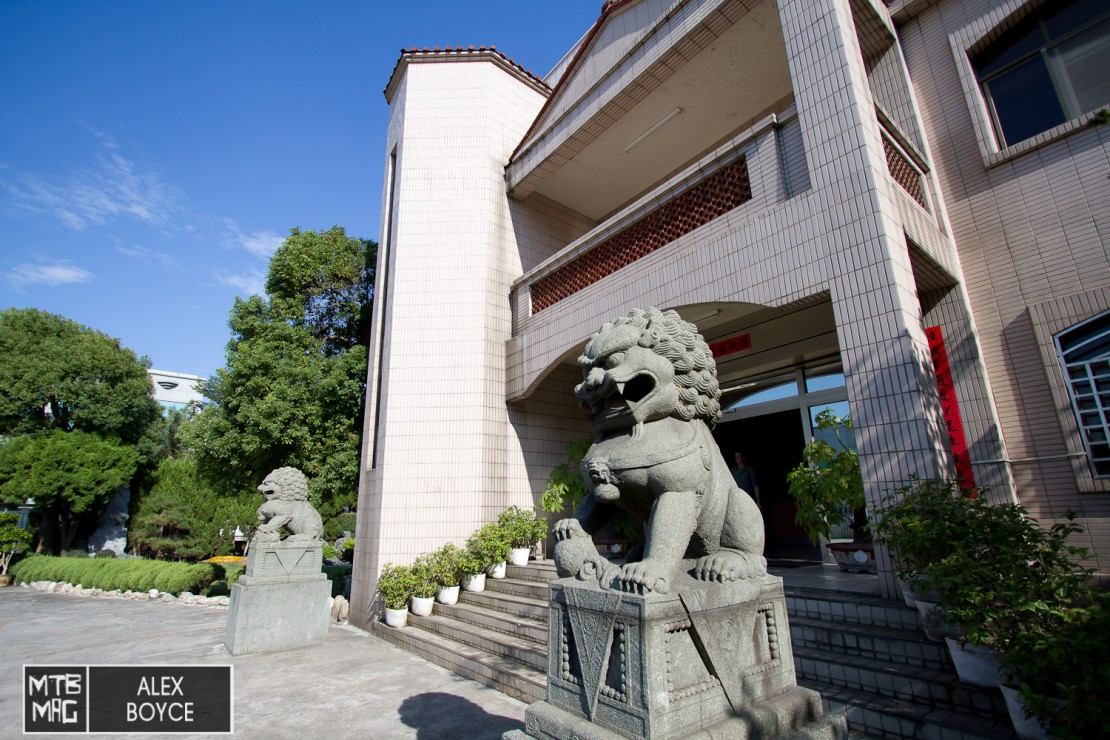
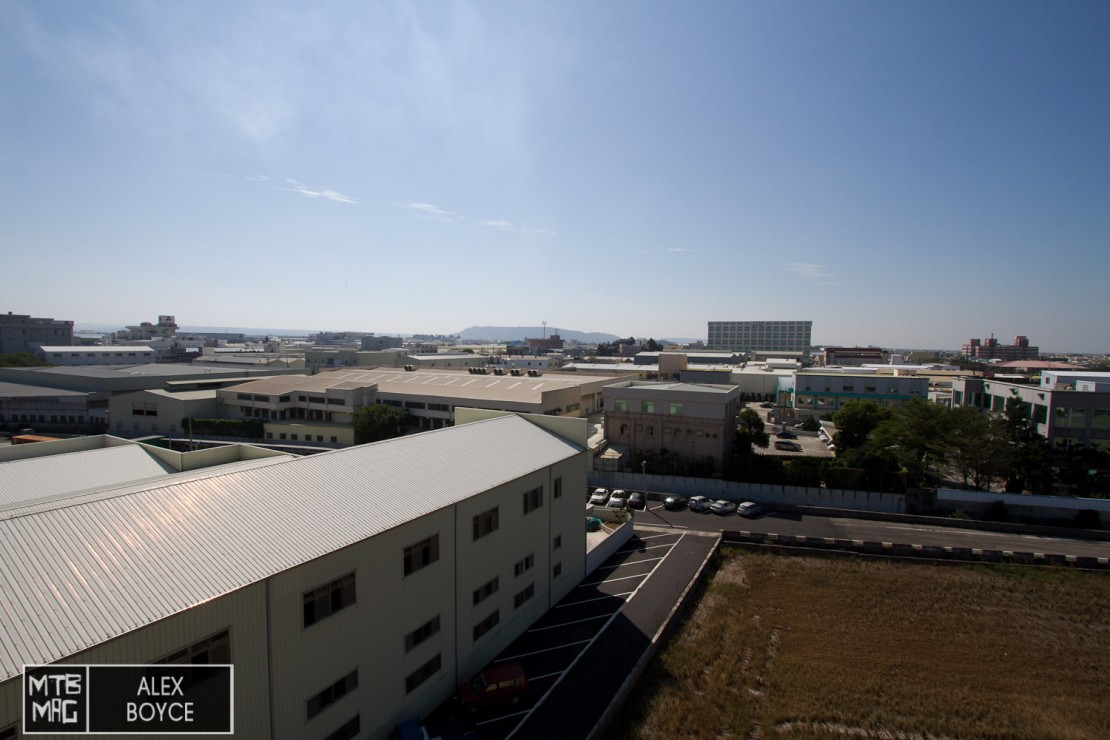
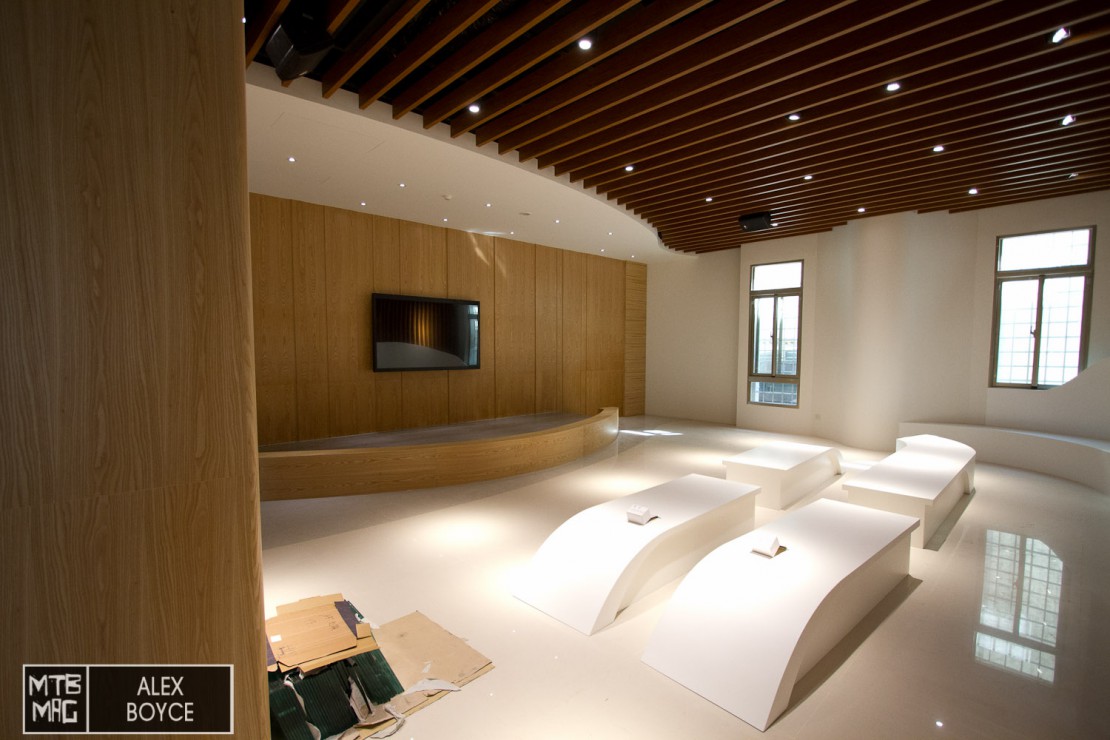
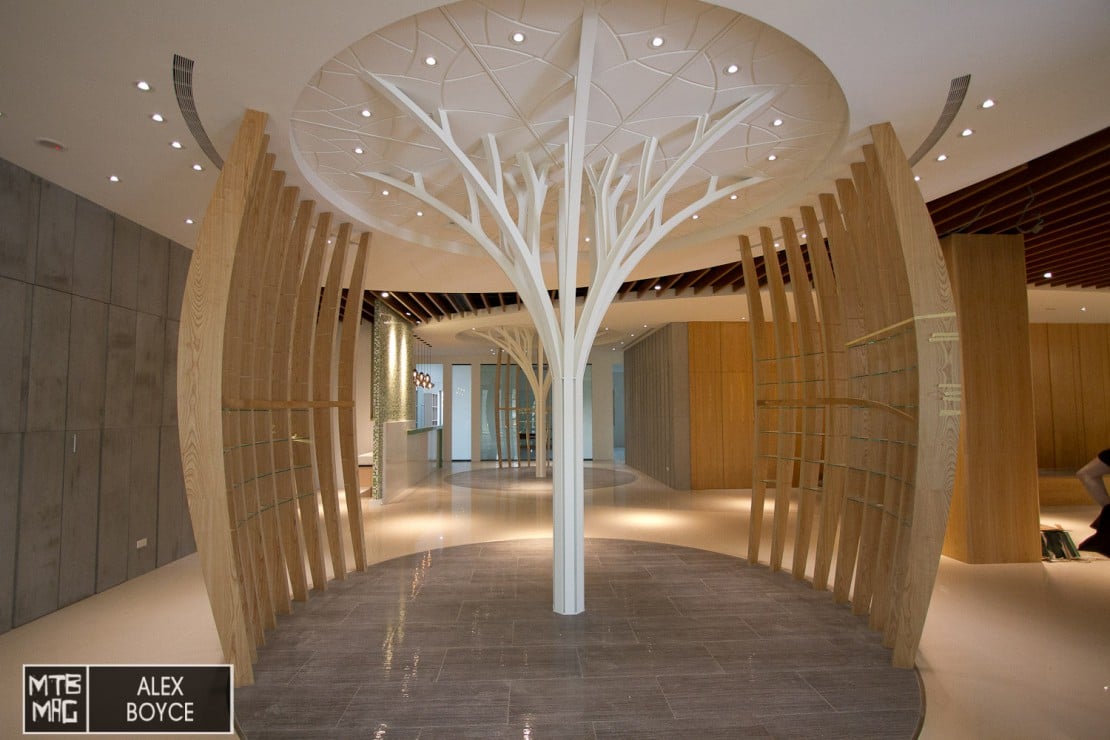
Based in Taichung their factory is up to date and had an incredible number of expensive machines in it dedicated to the task of pedal production. Once upon a time these factories were in Europe, but over the years the politics of cost and investment globally has lead to these types of factories being based in places like Taiwan. The Wellgo factory is only 10 minutes from the port where what they produce is shipped off to the rest of the world. We got to see the whole process up-close and shoot what we saw.
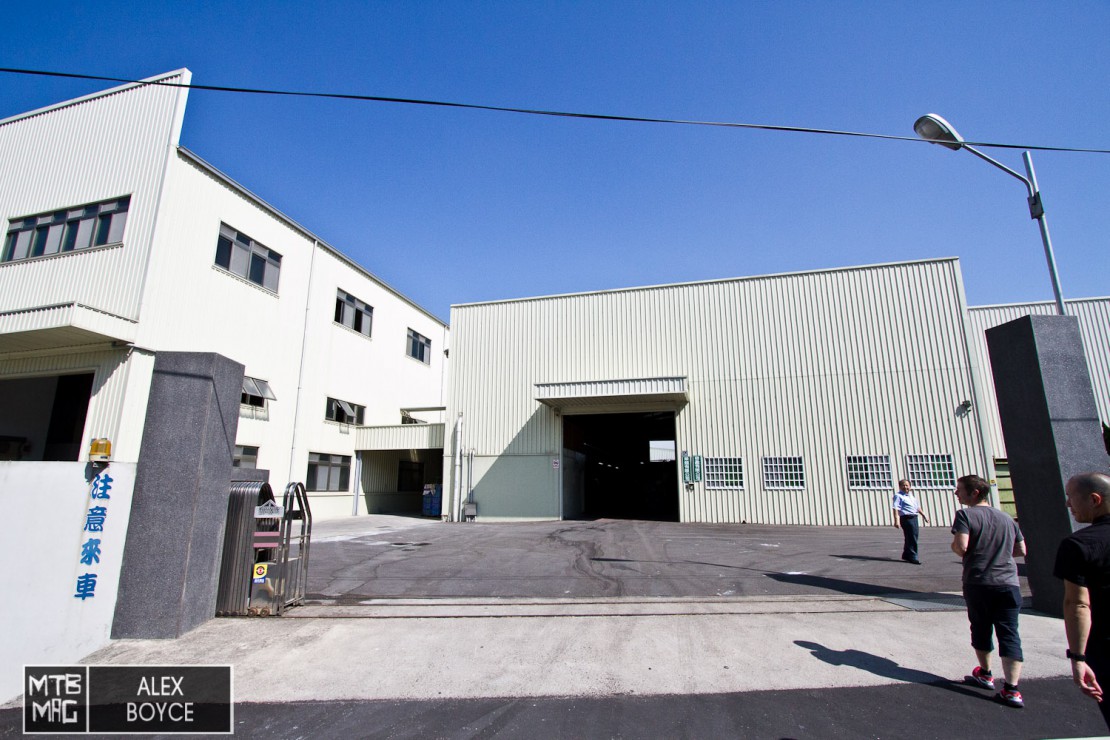
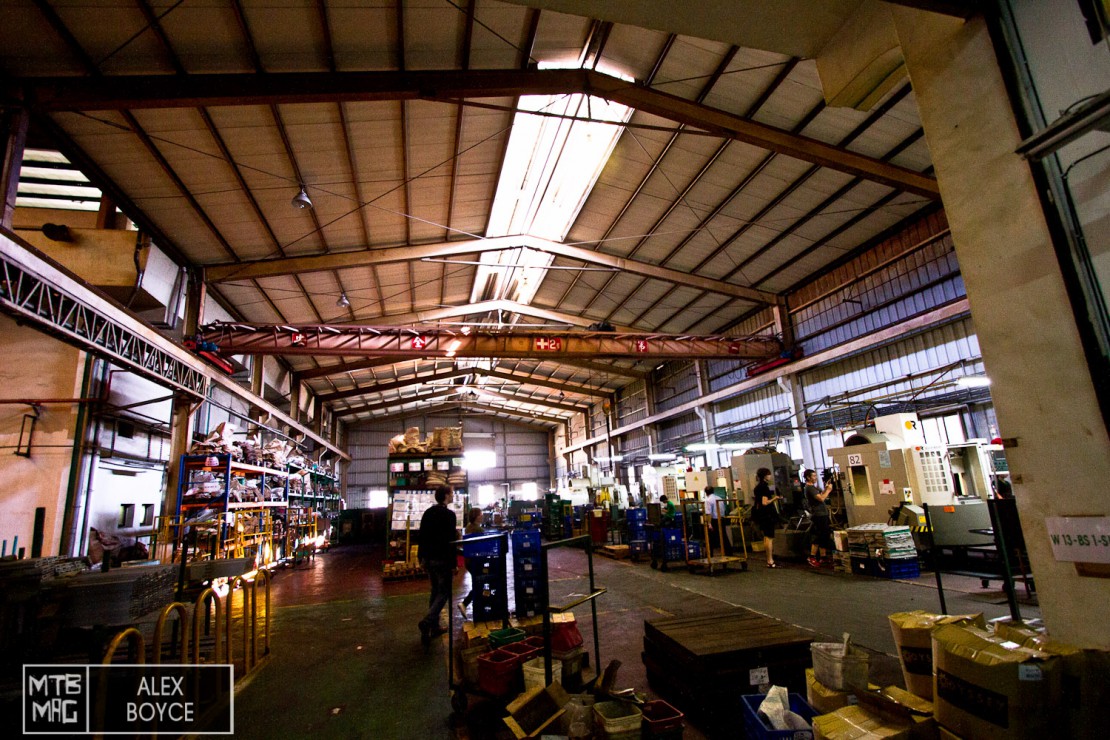
Materials in = Pedals Out
The first stage is material arrival and selection, before the first processes take place turning everything into components.
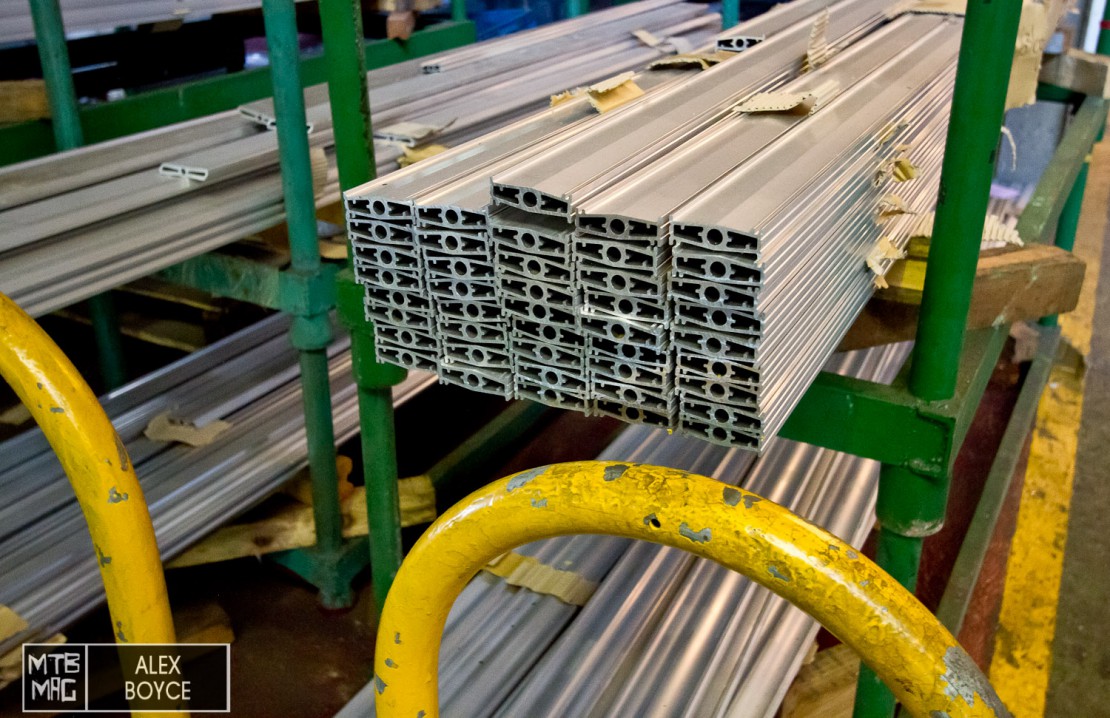
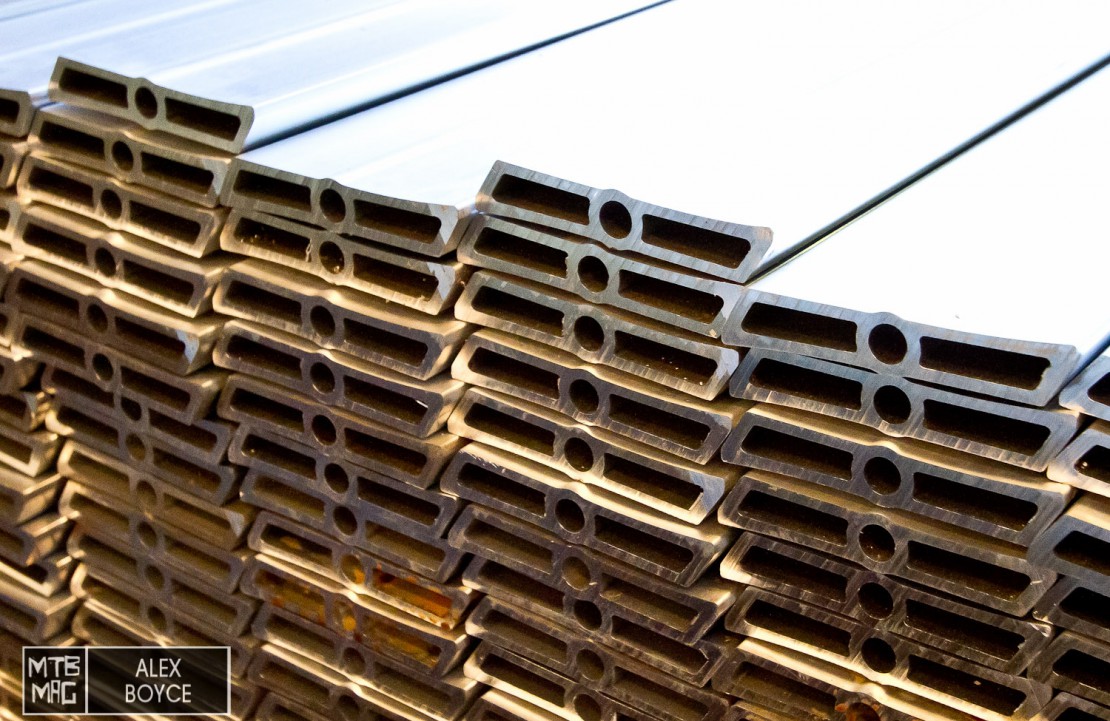
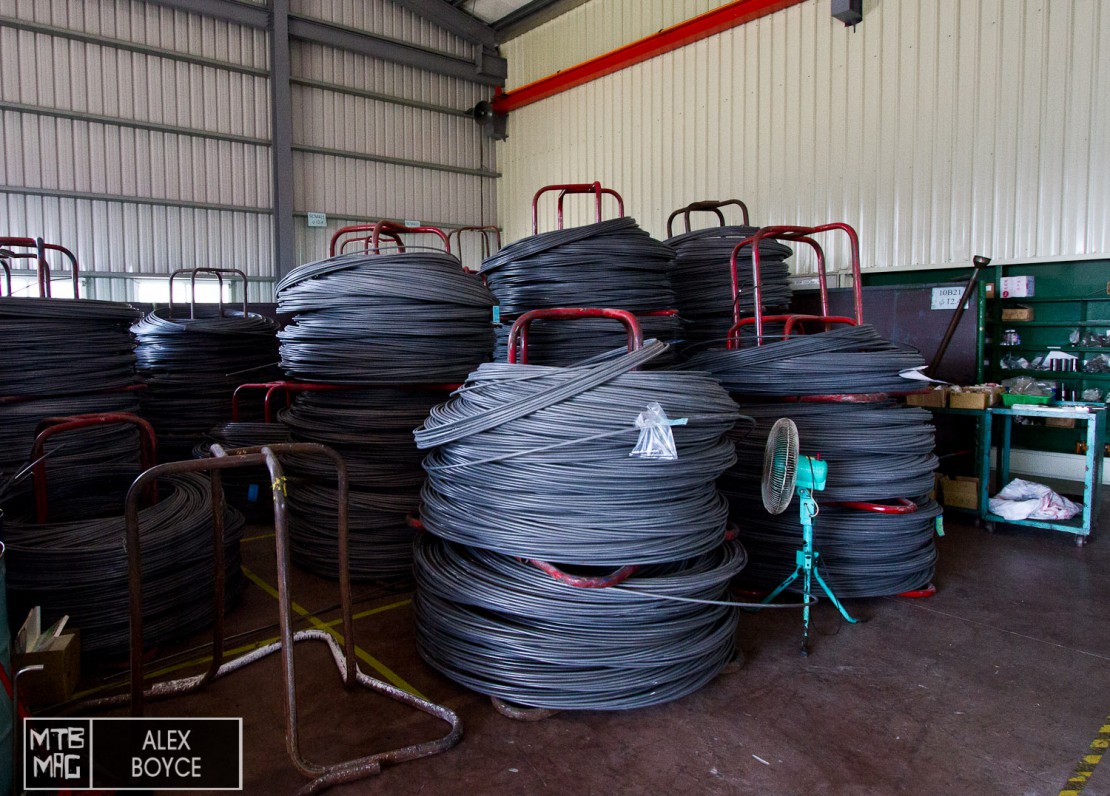
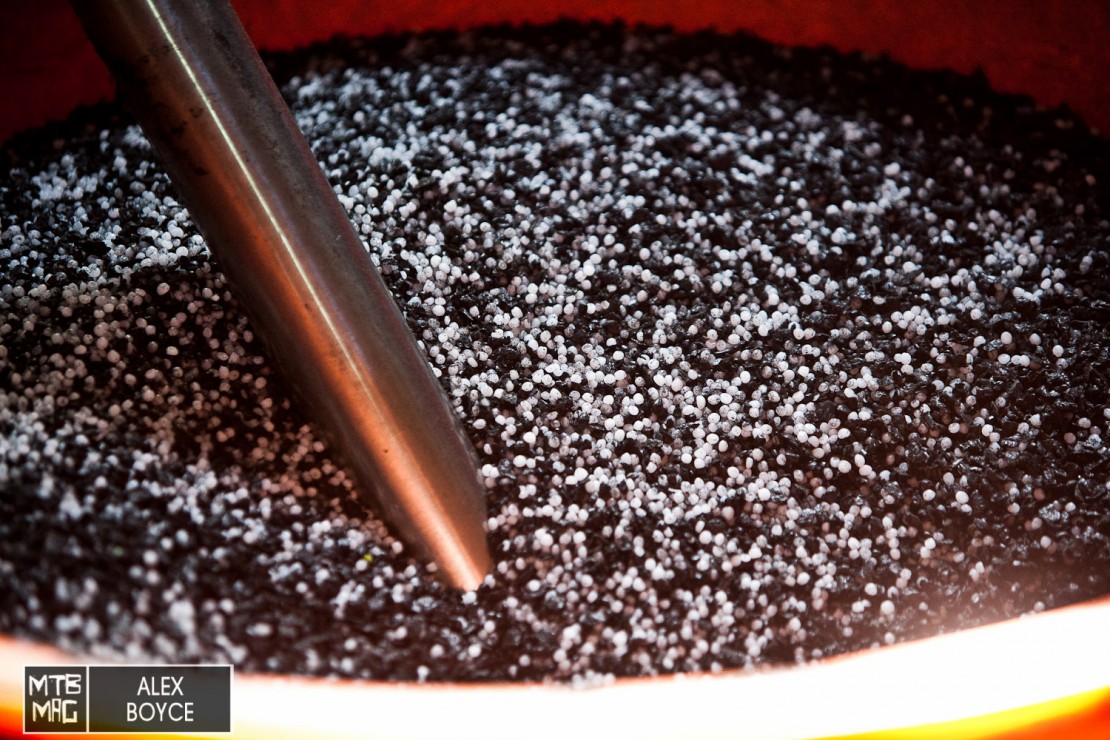
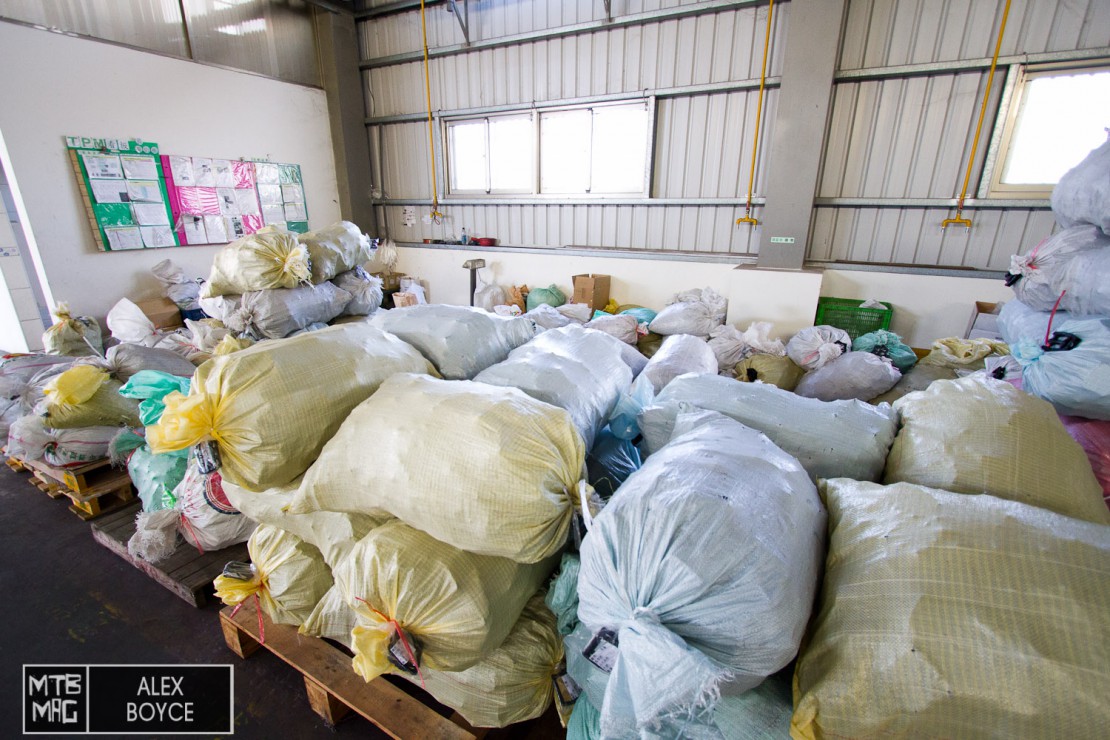
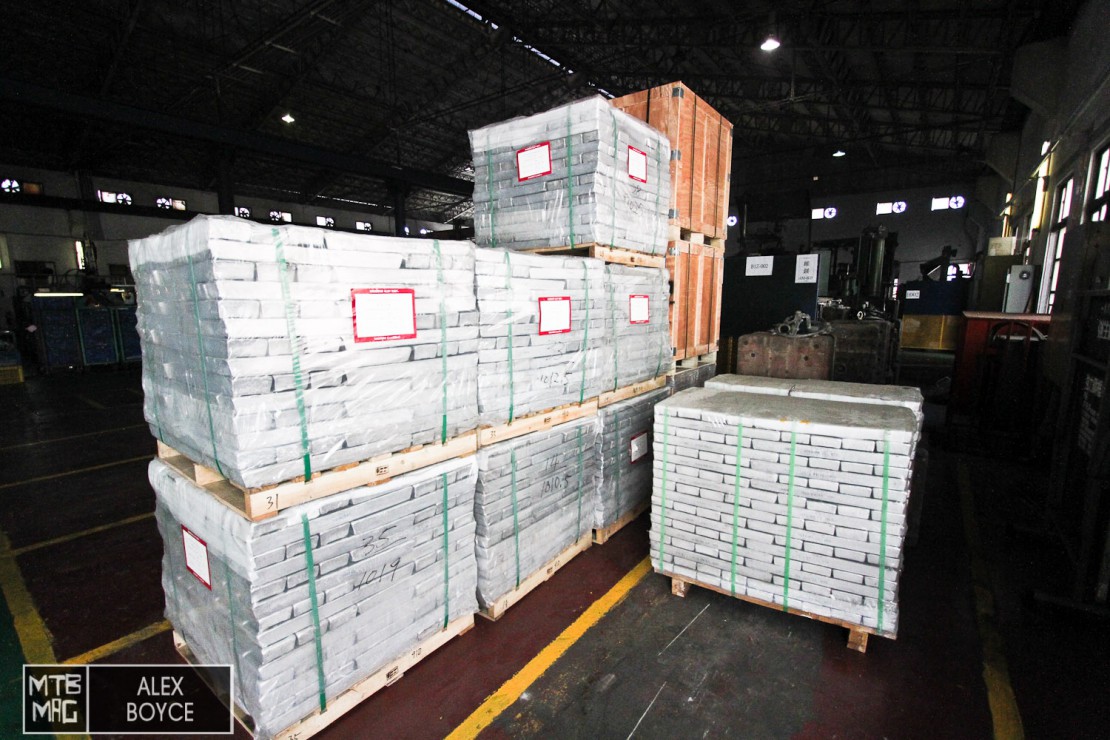
Making The Parts
Pedal bodies and spindles are formed from all the materials put together into one, with huge machines that heat compress and draw each component into it’s form, each machine costs around 100-200,000 dollars.
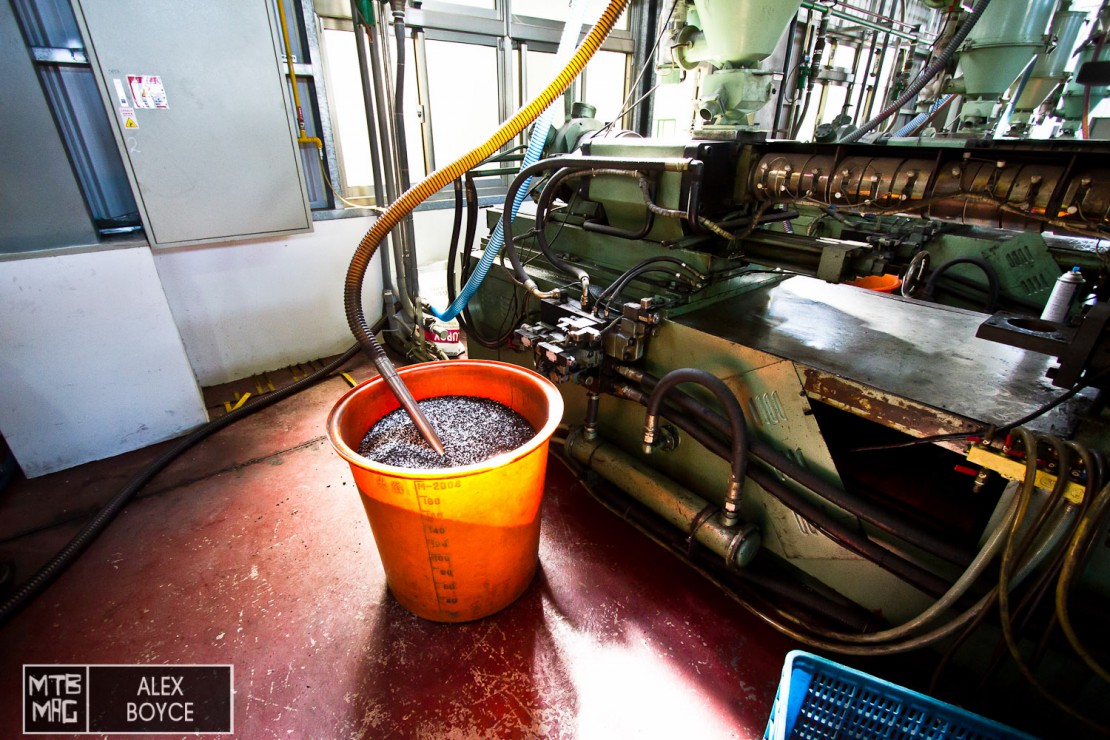
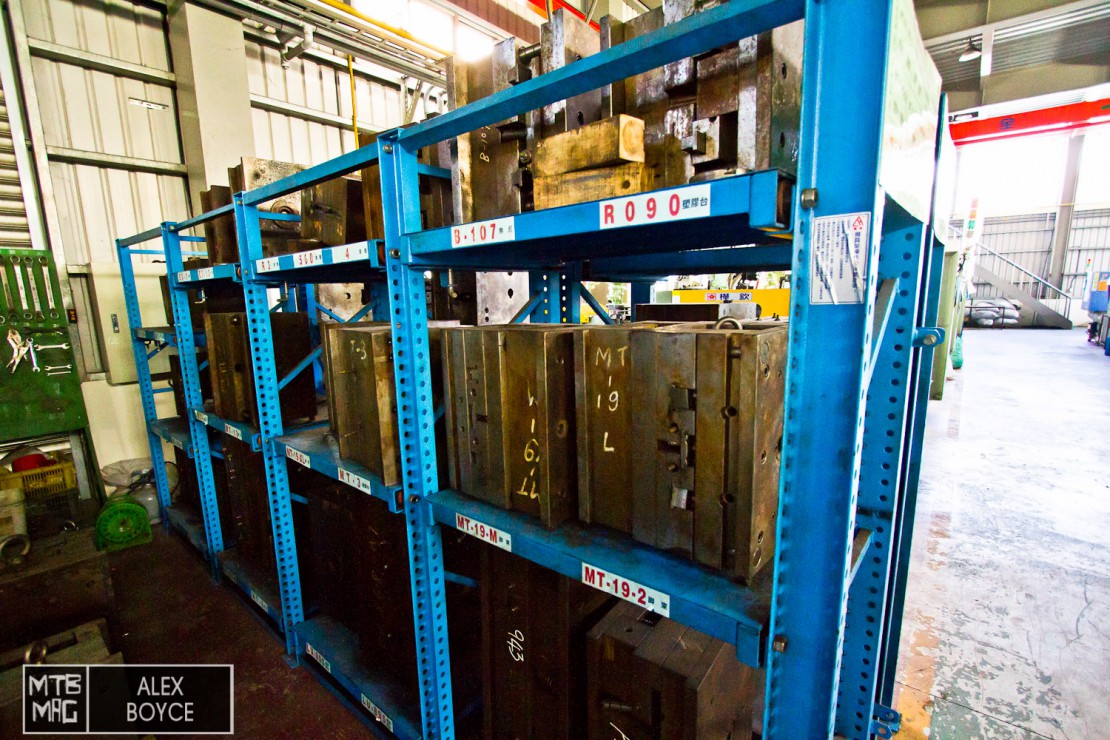
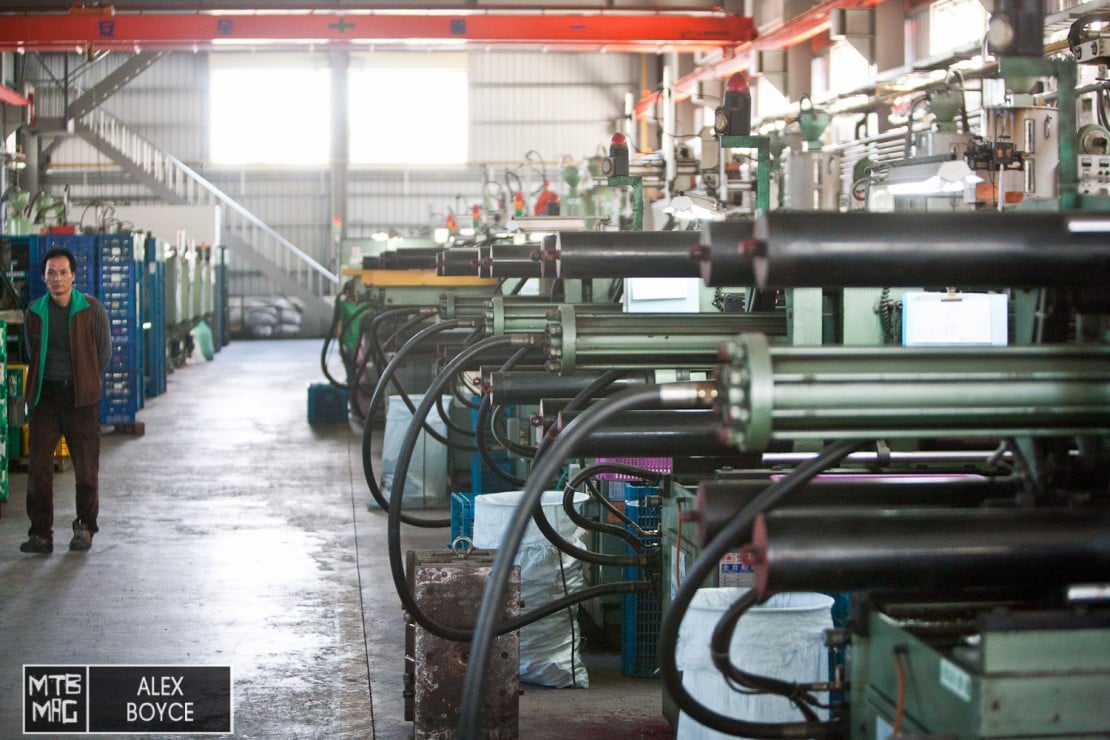
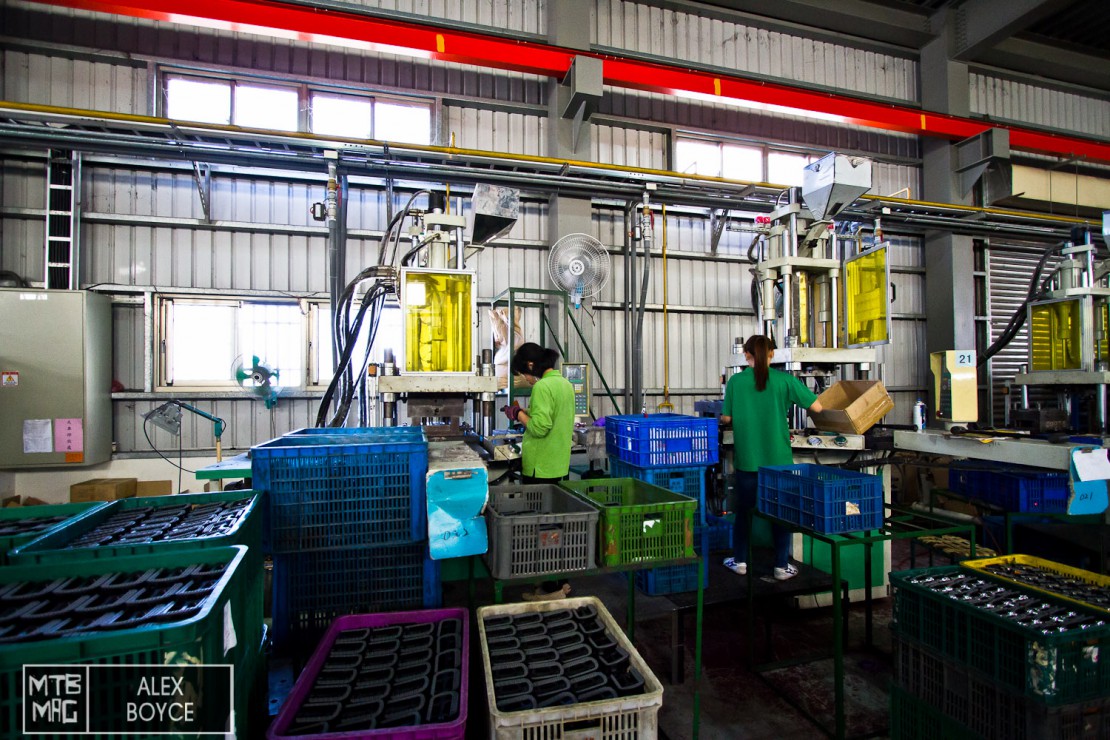
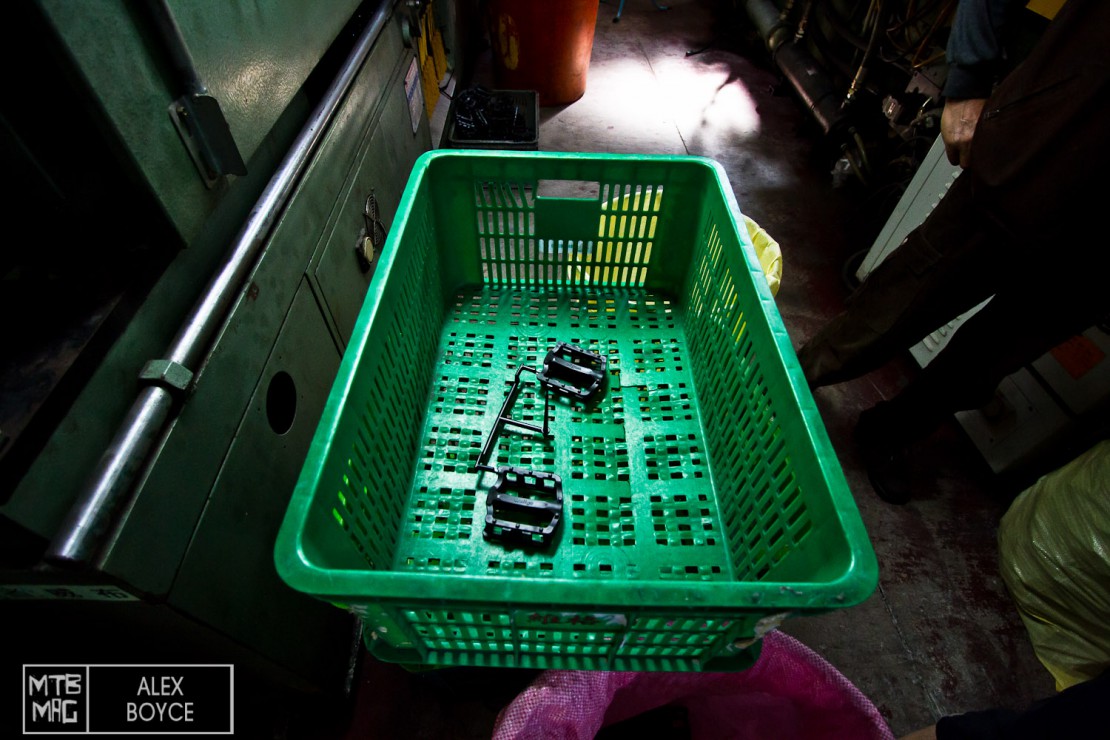
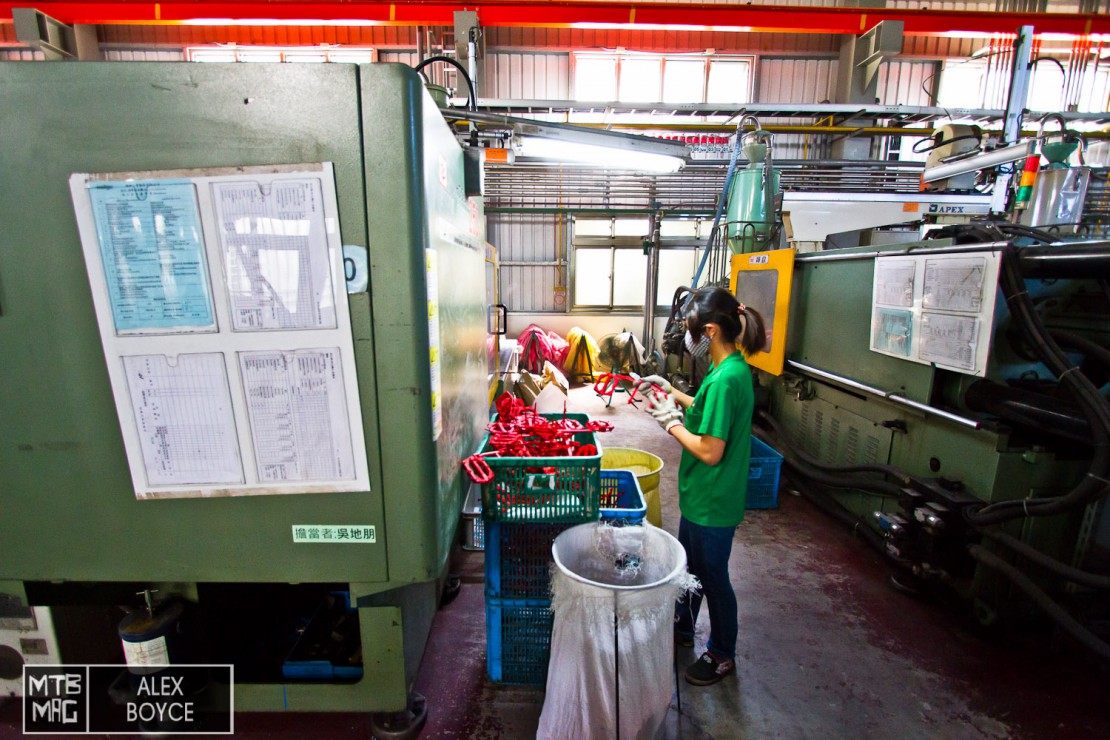
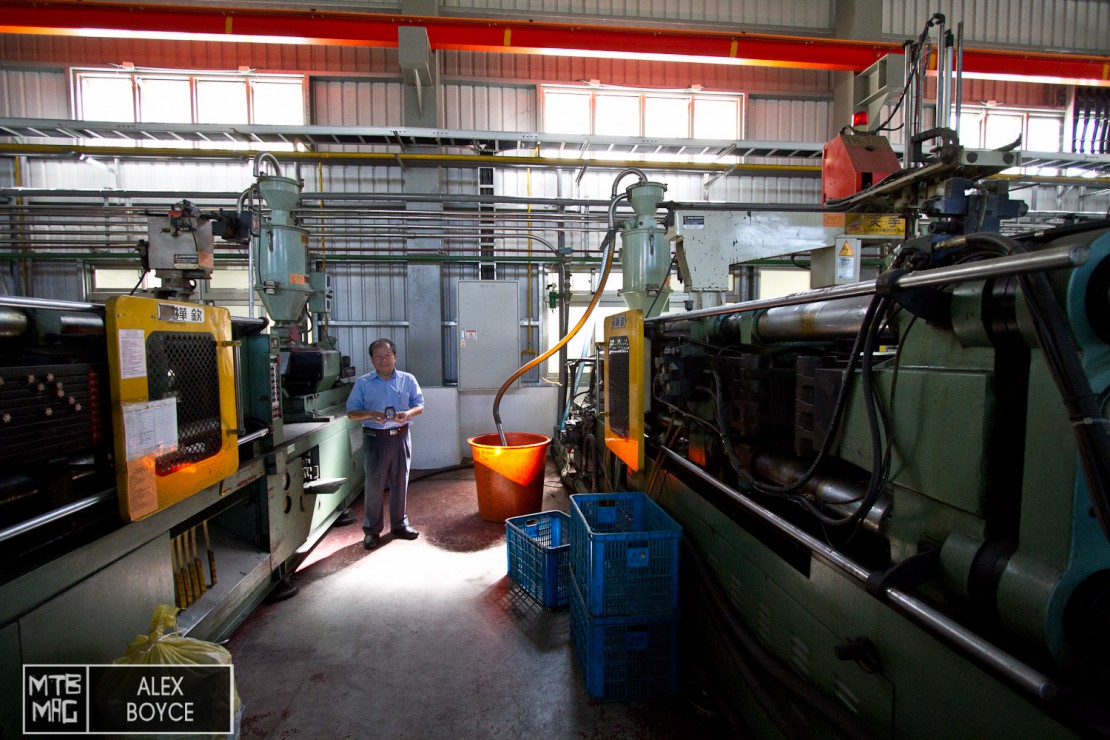
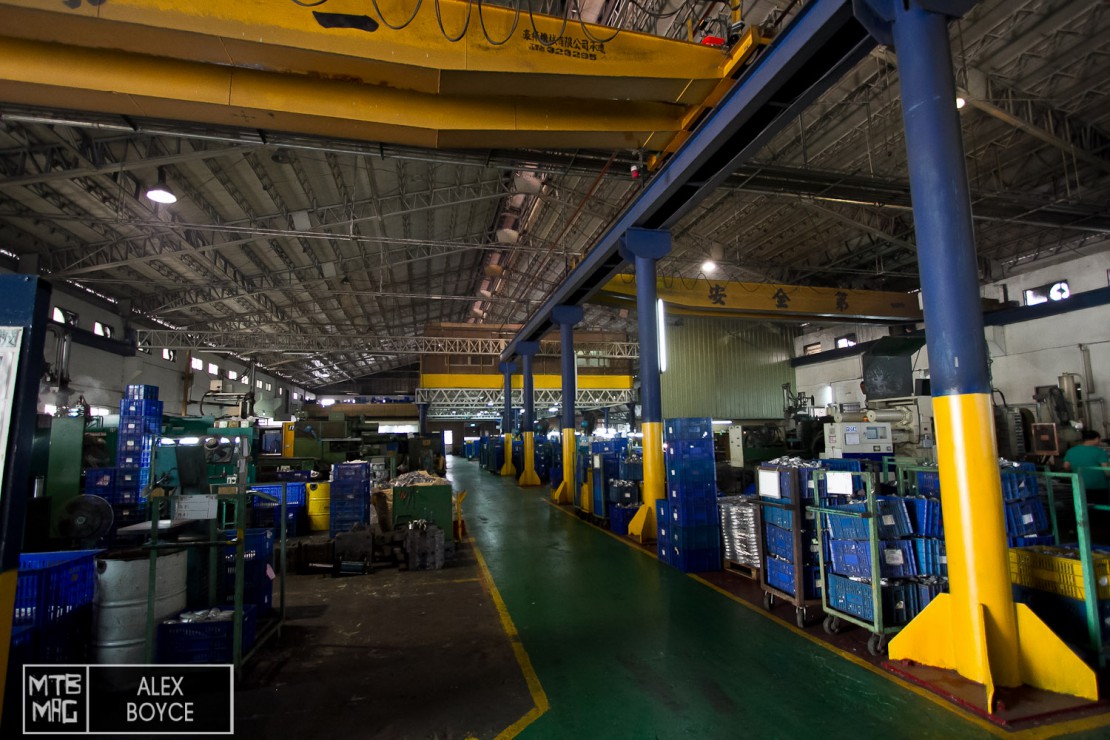
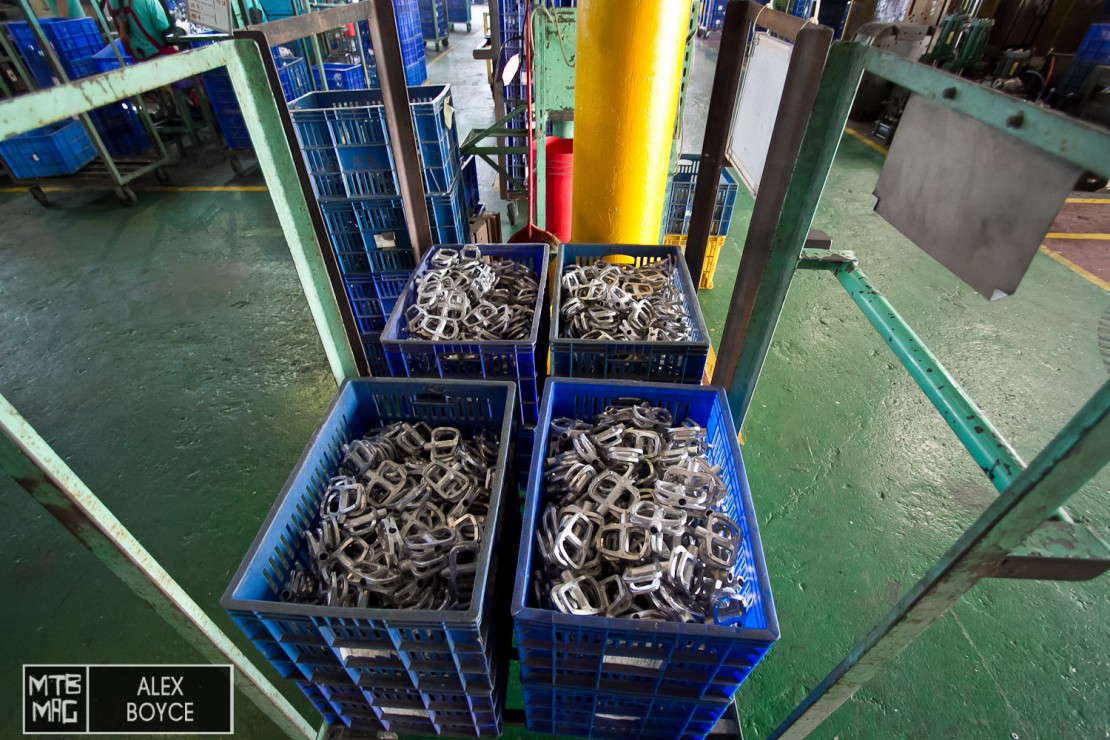
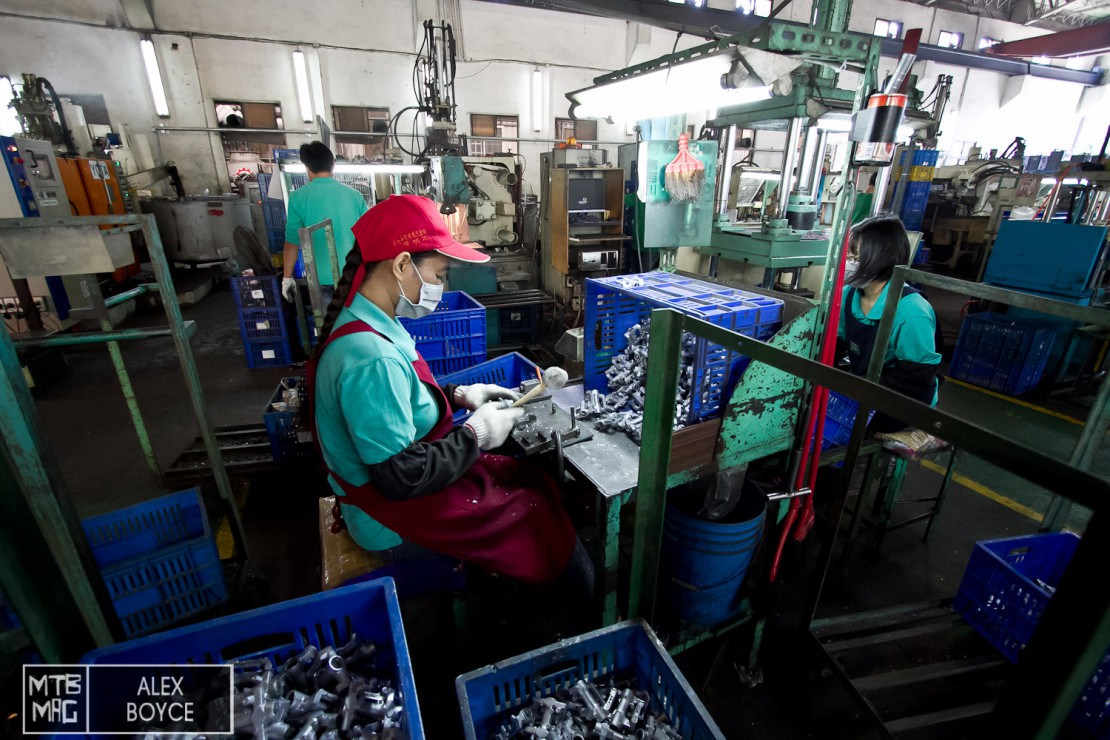
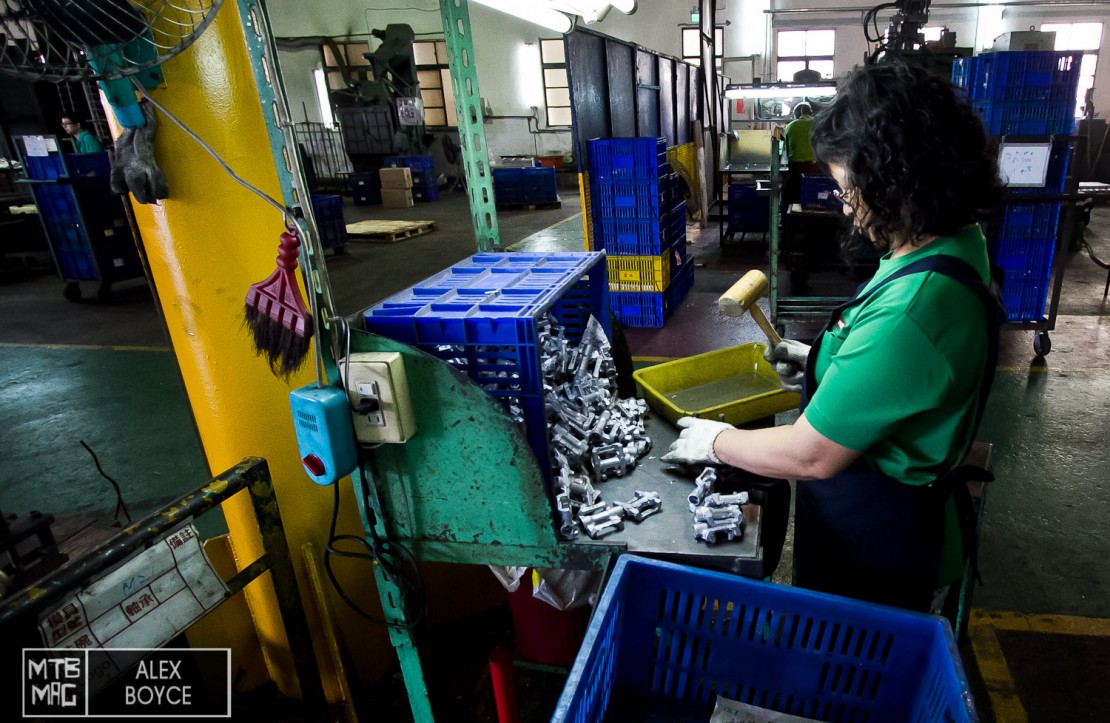
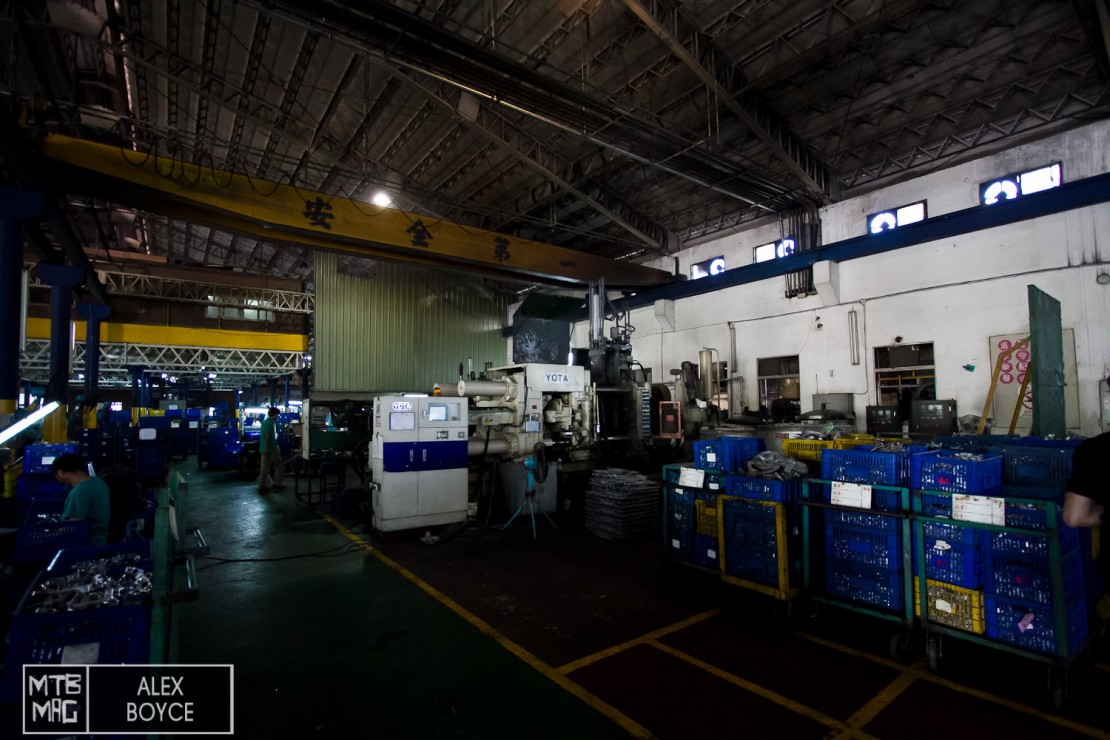
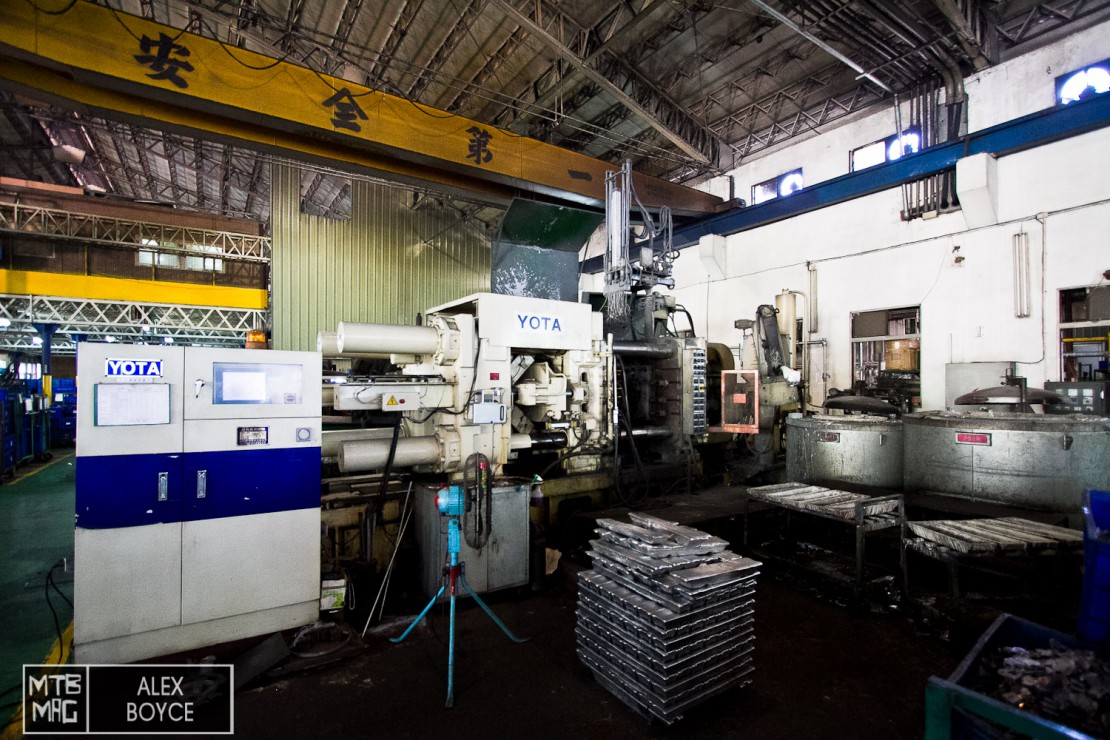
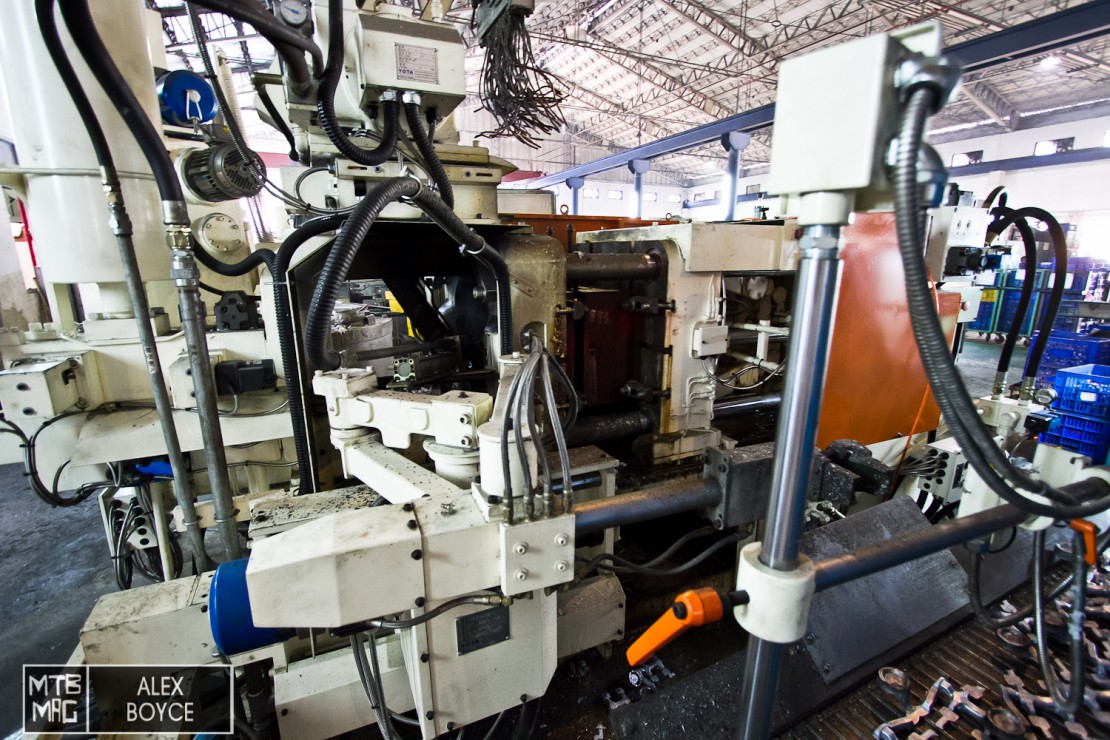
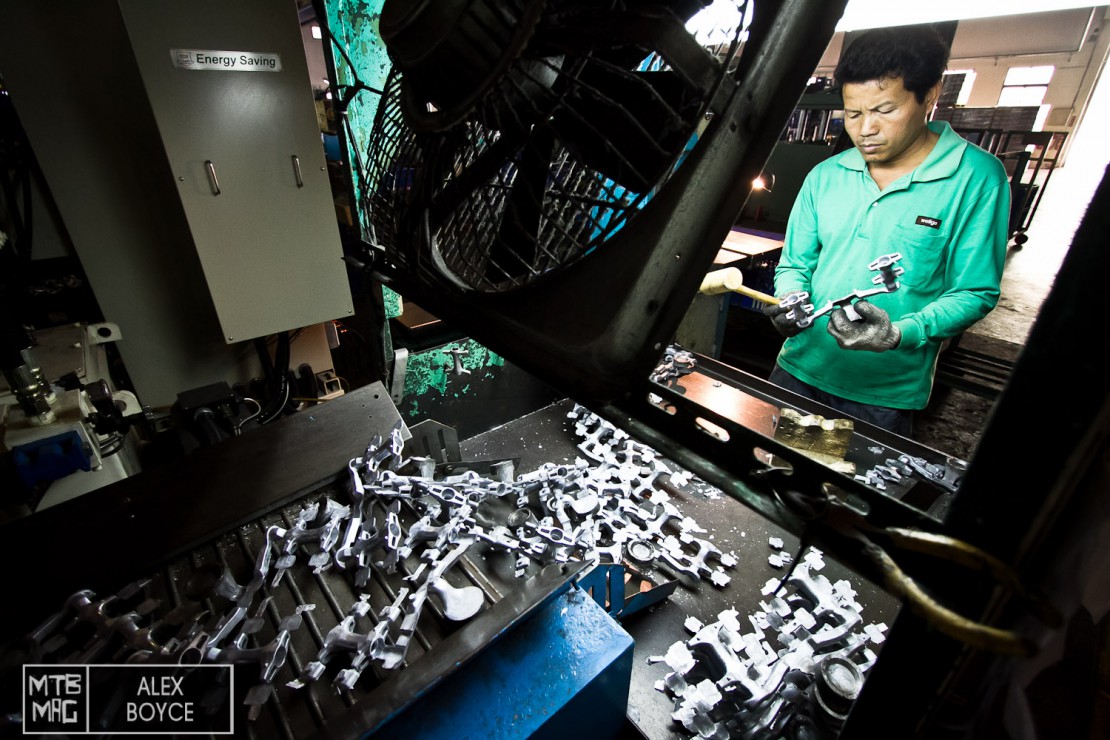
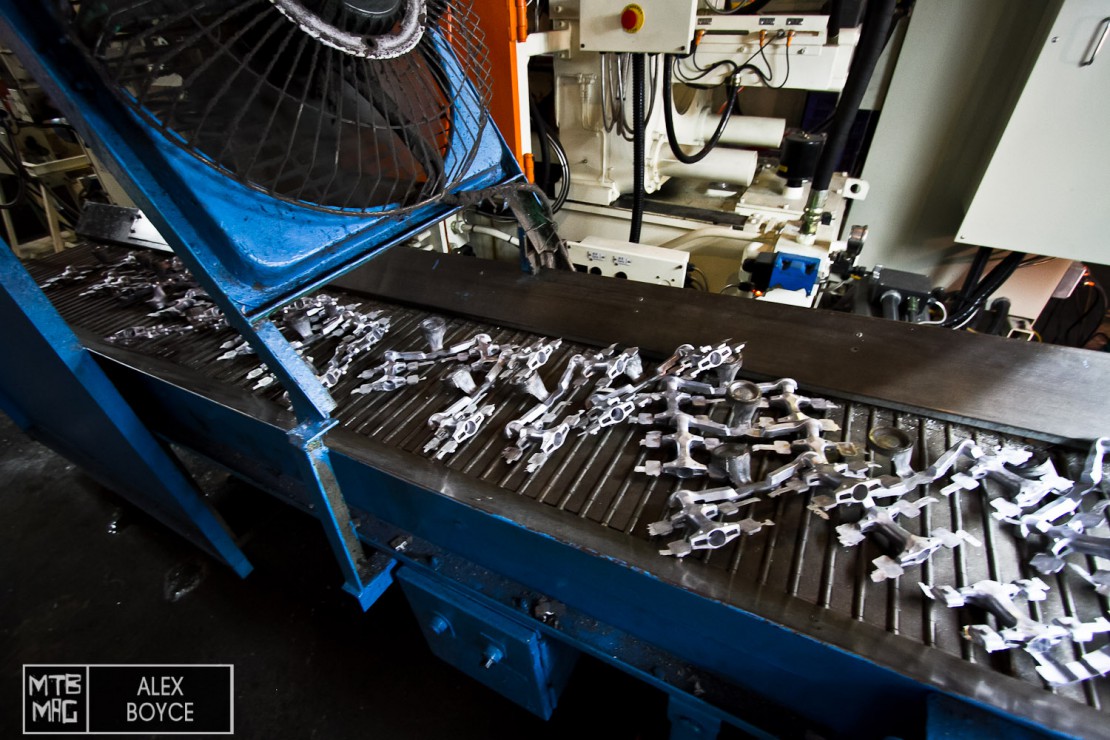
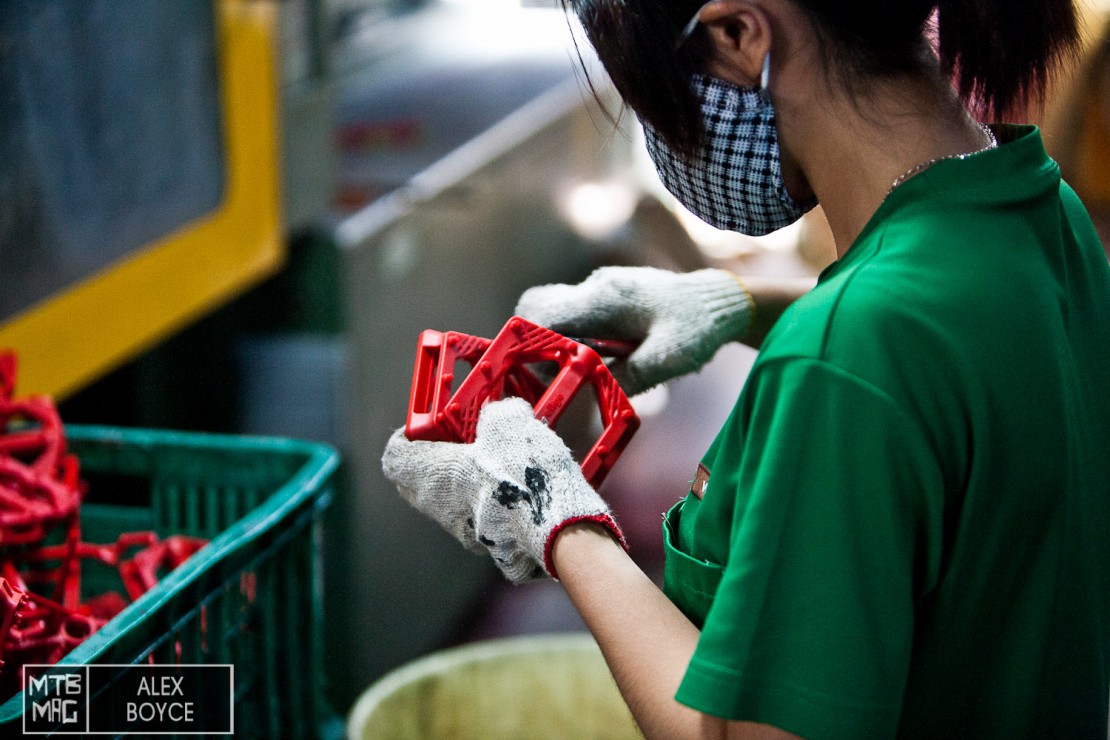
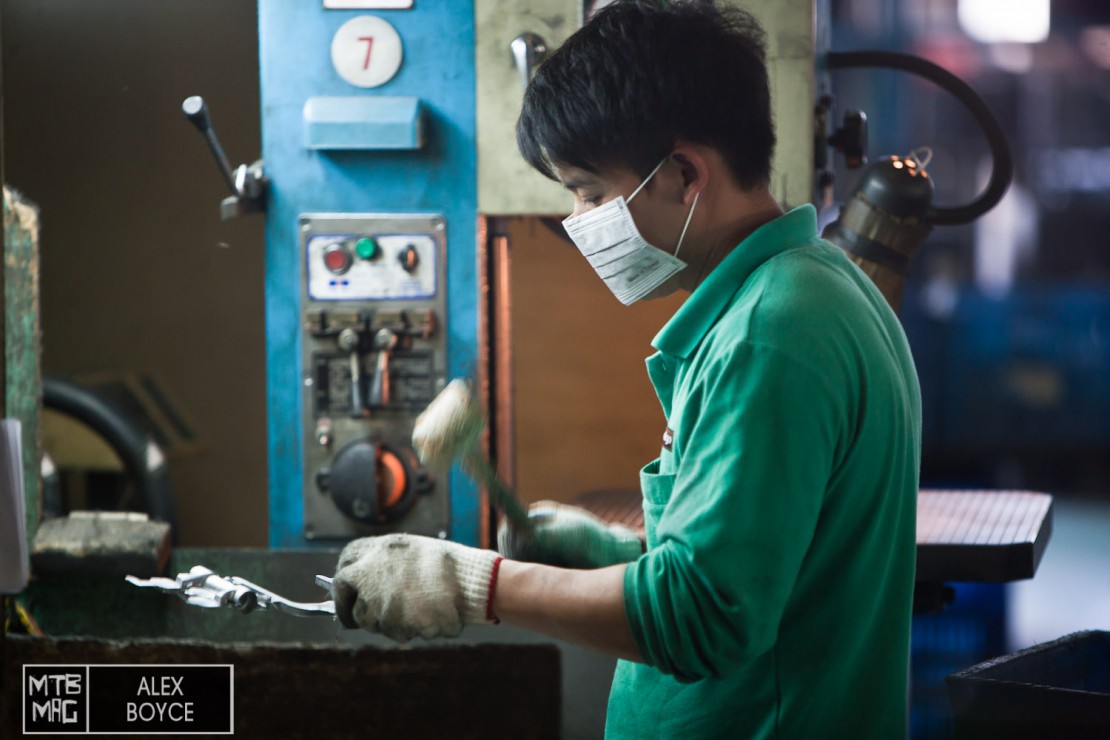
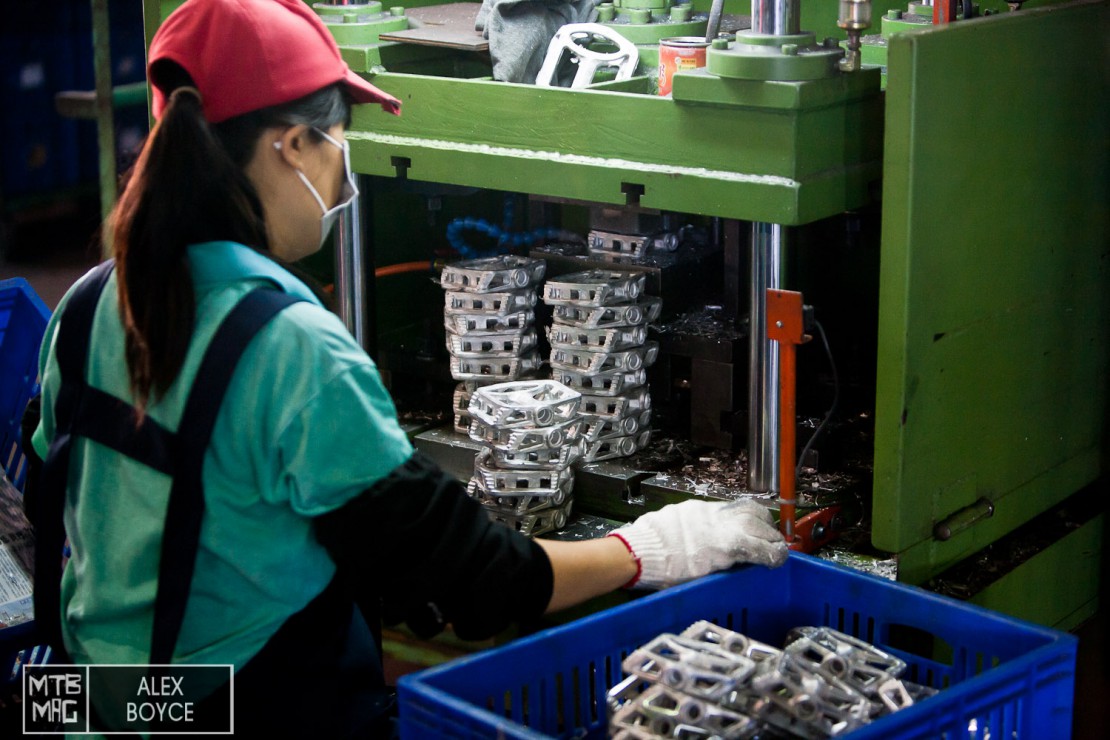
CNC Process
Not all pedals are formed some are machined from raw material that has been preformed. Again huge investment has been made in the latest machinery from Germany and Taiwan that cuts the pedals to shape.
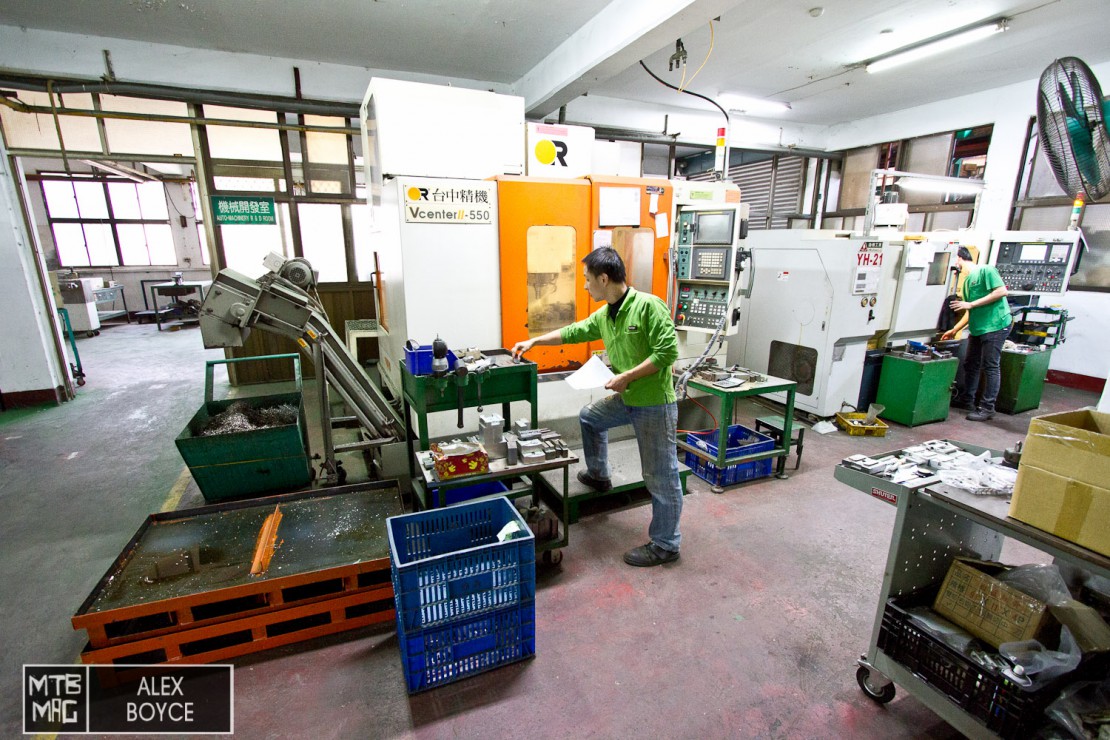
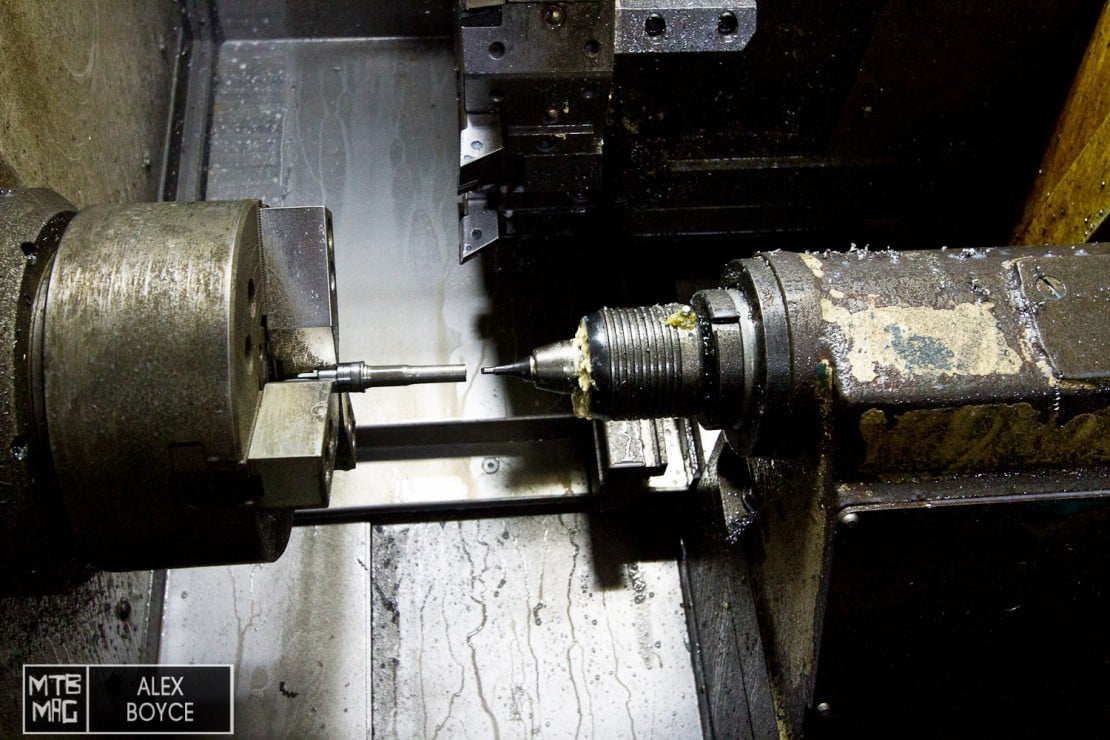
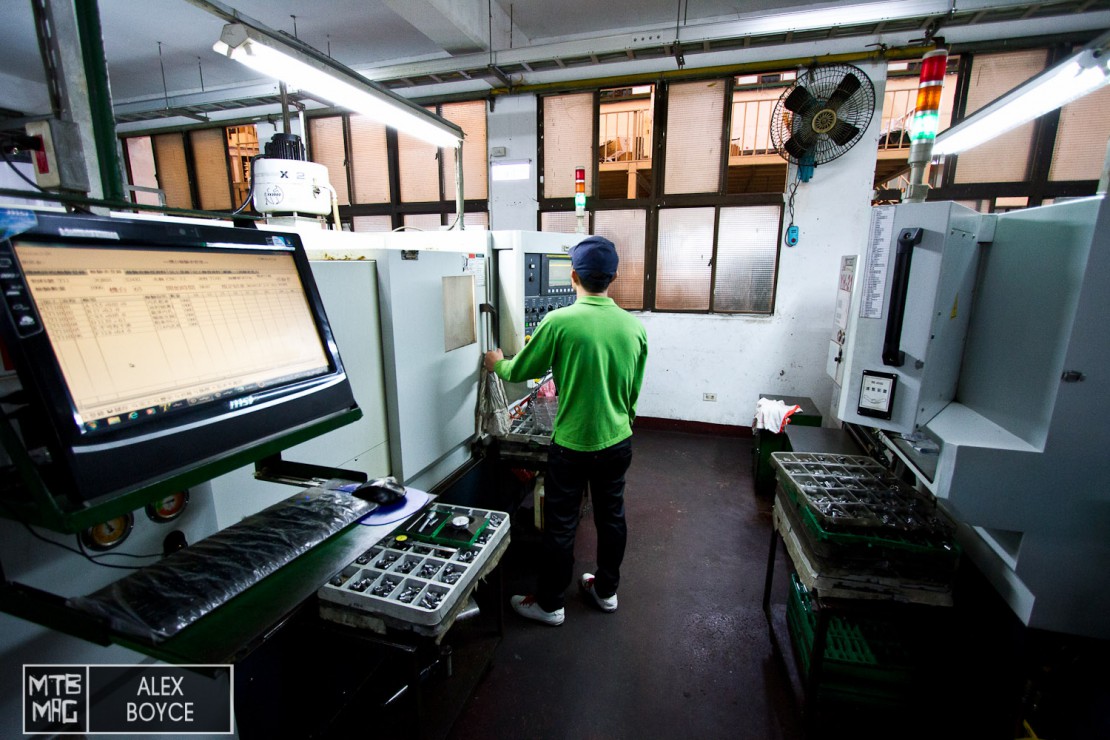
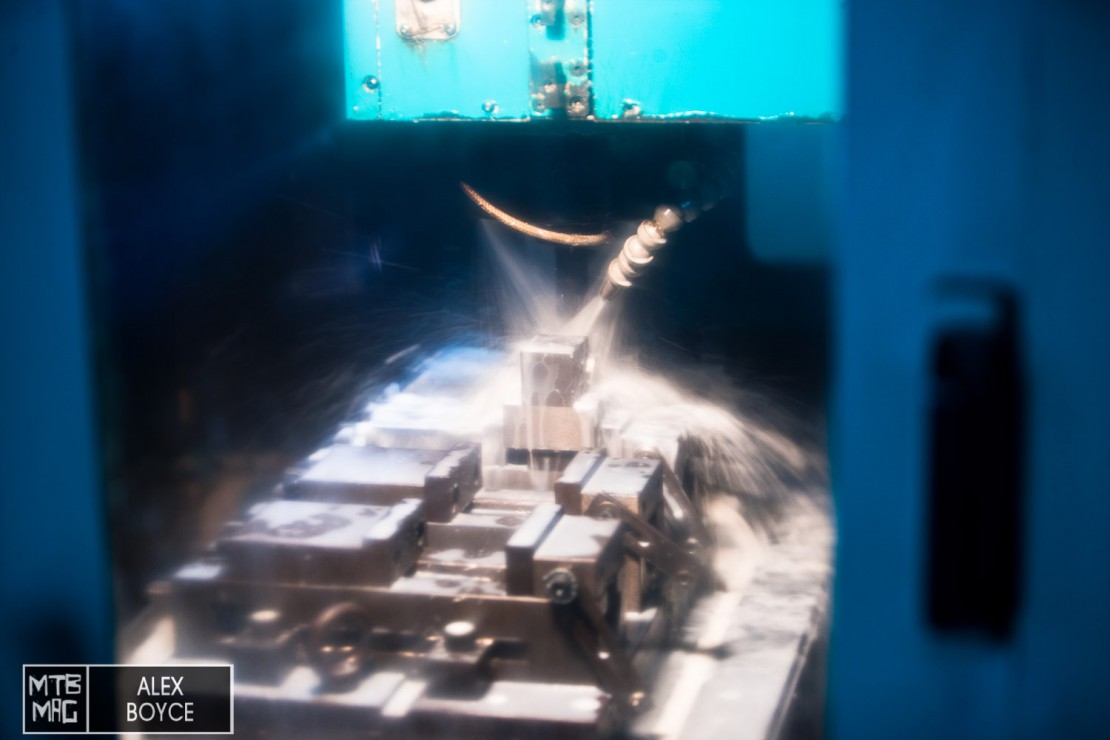
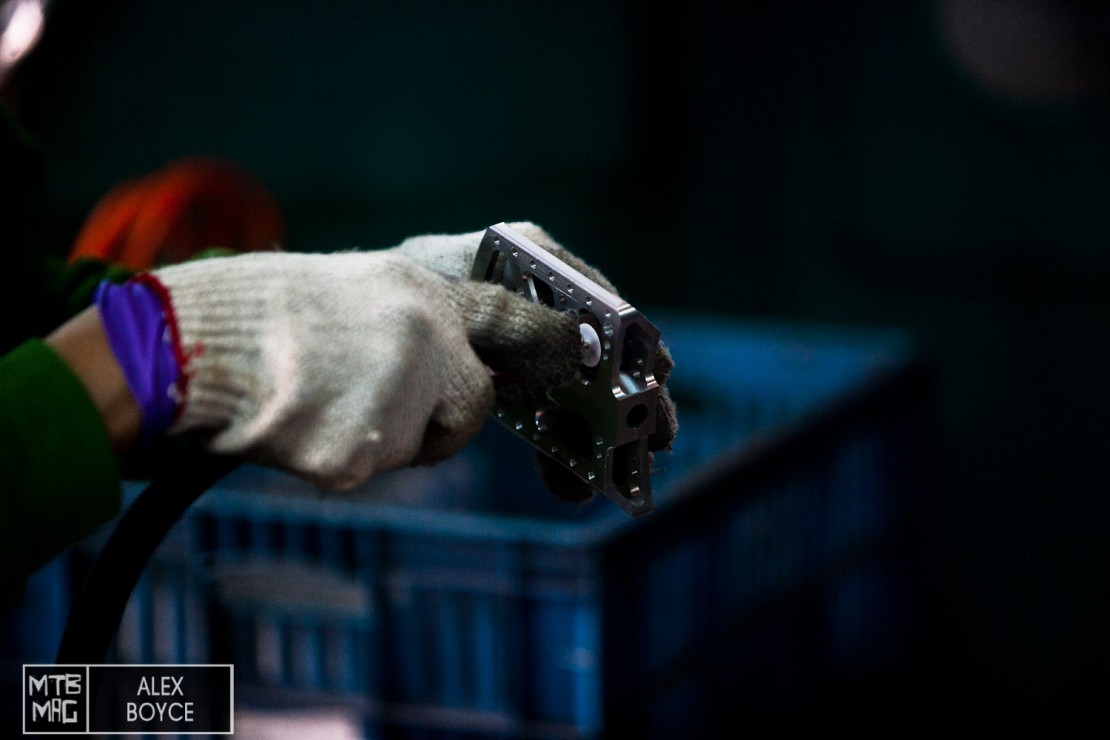
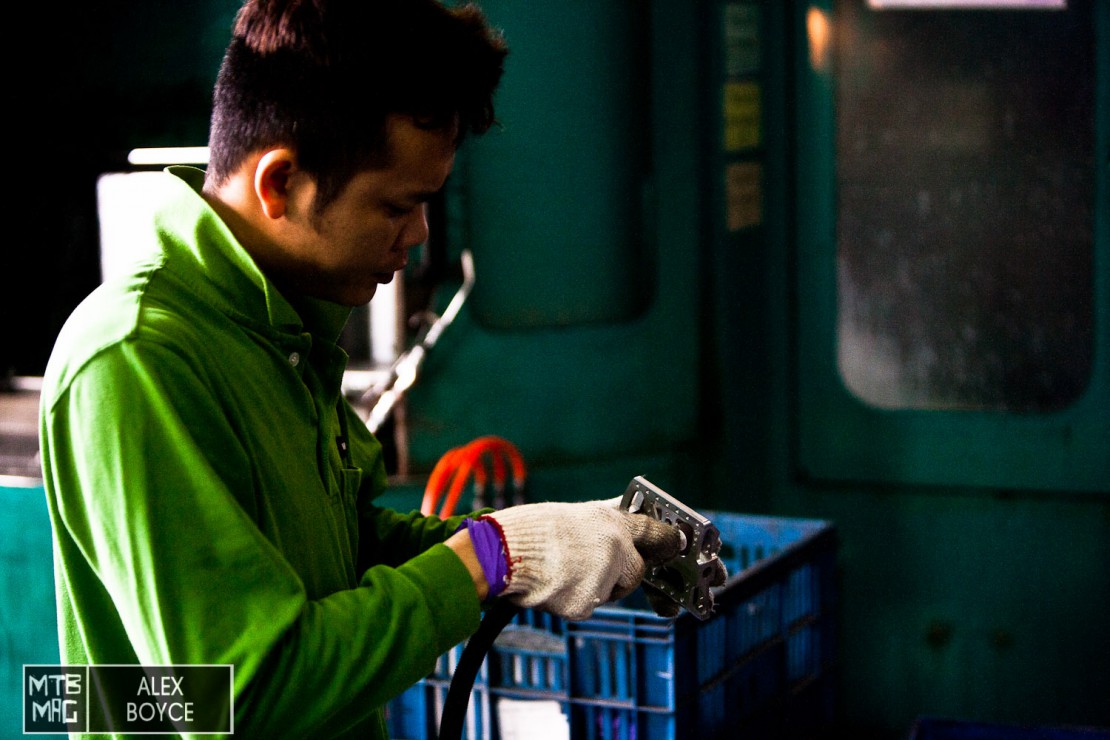
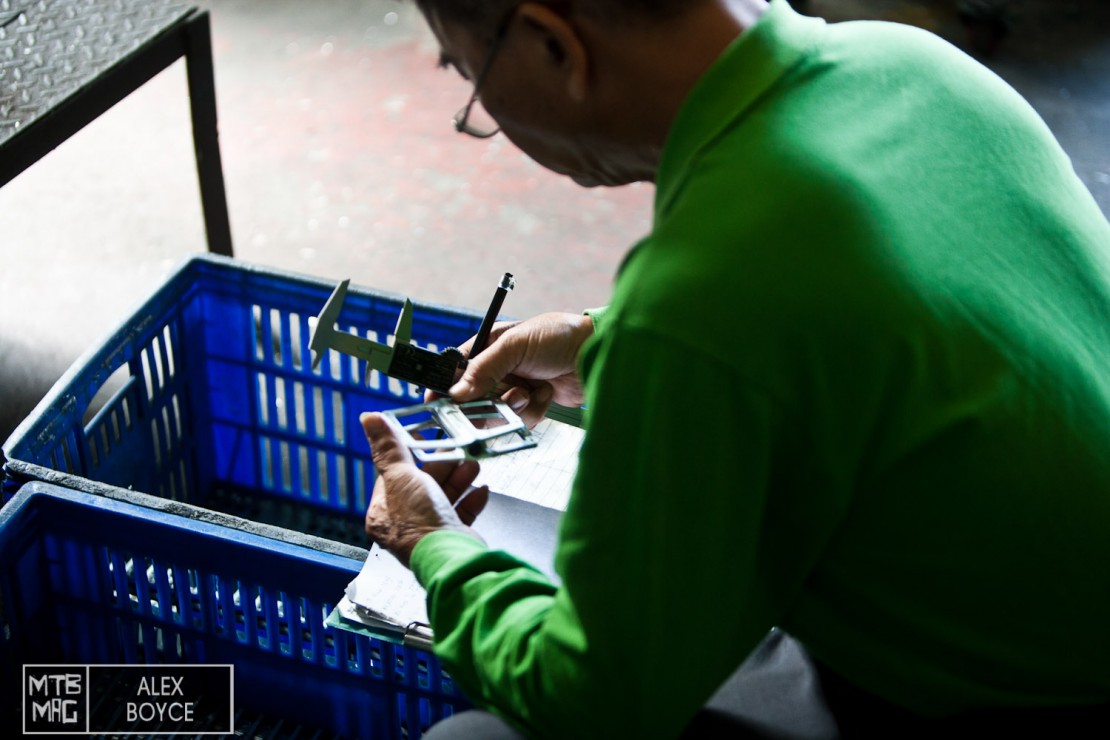
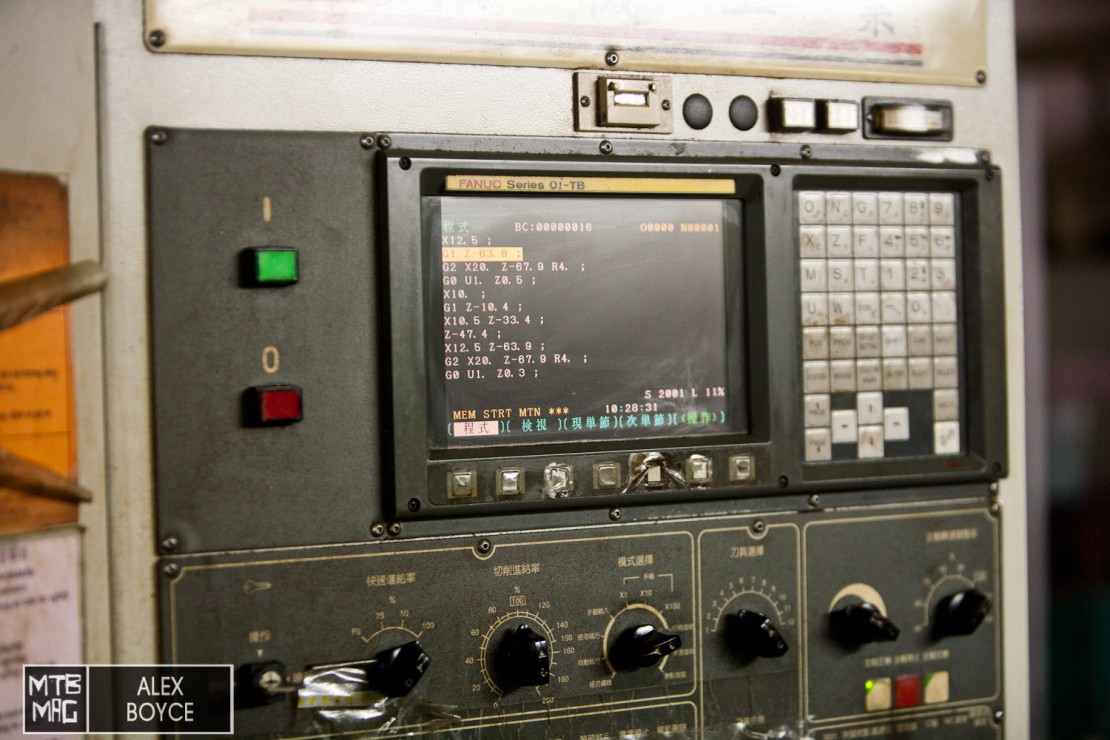
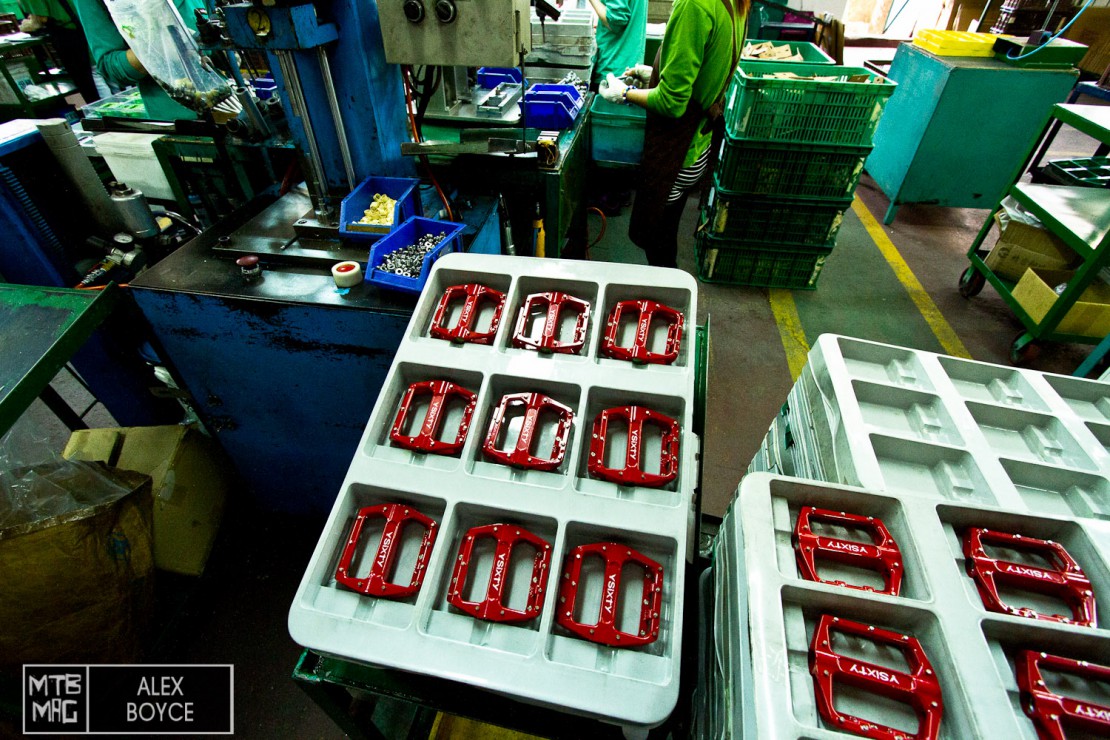
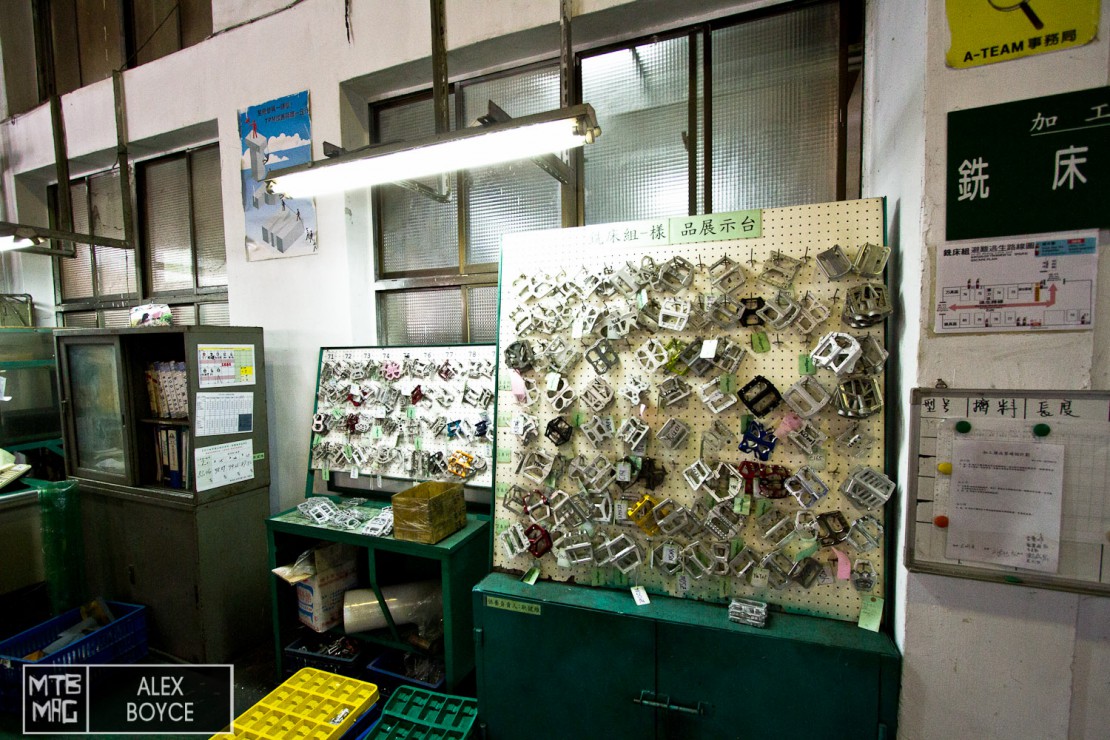
Making Axles
The other major part of the pedal is the axle, an it starts off as a large roll of metal which is then cold forged into an axle.
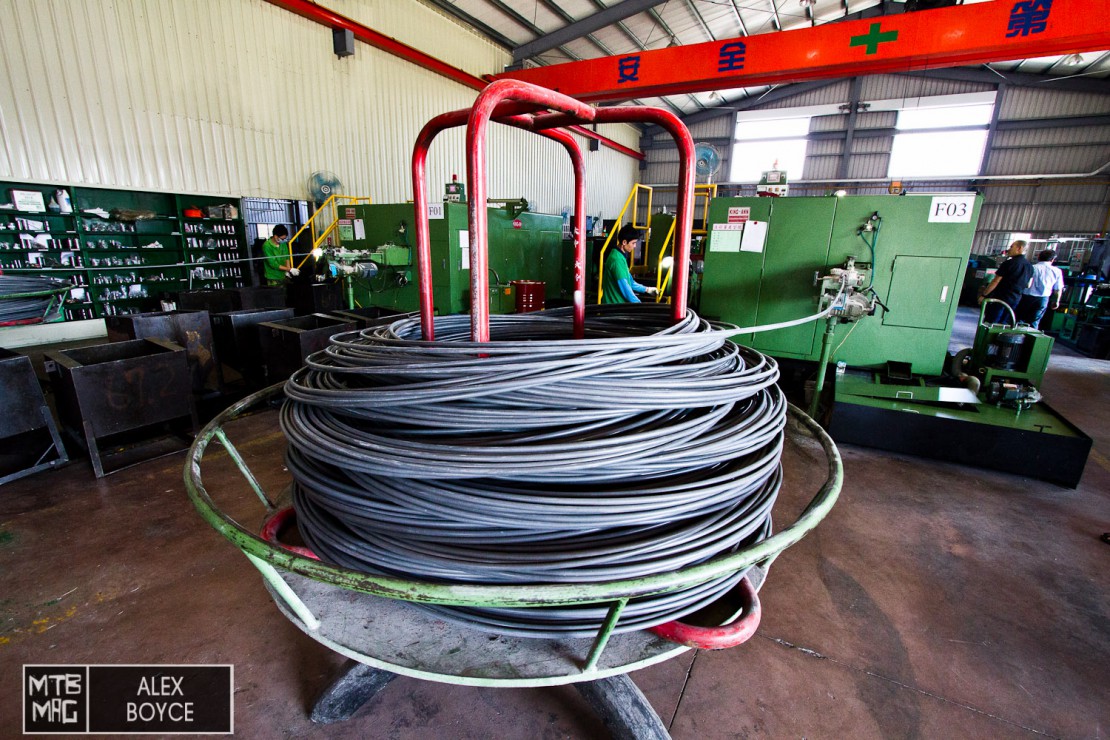
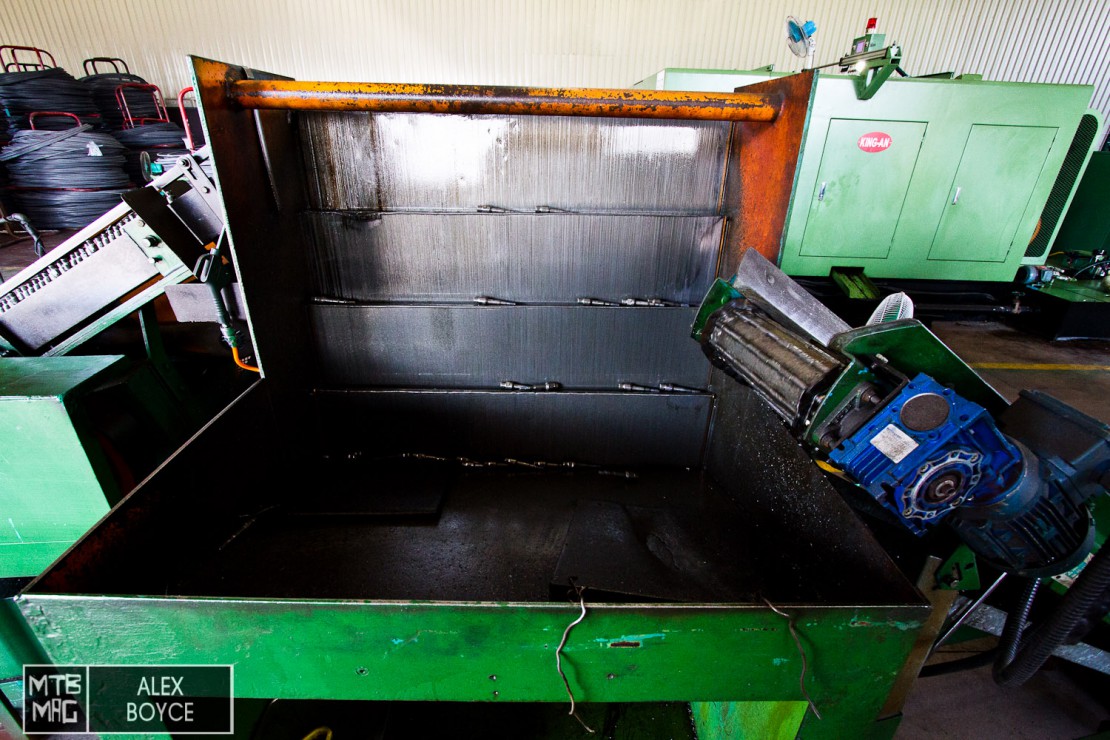
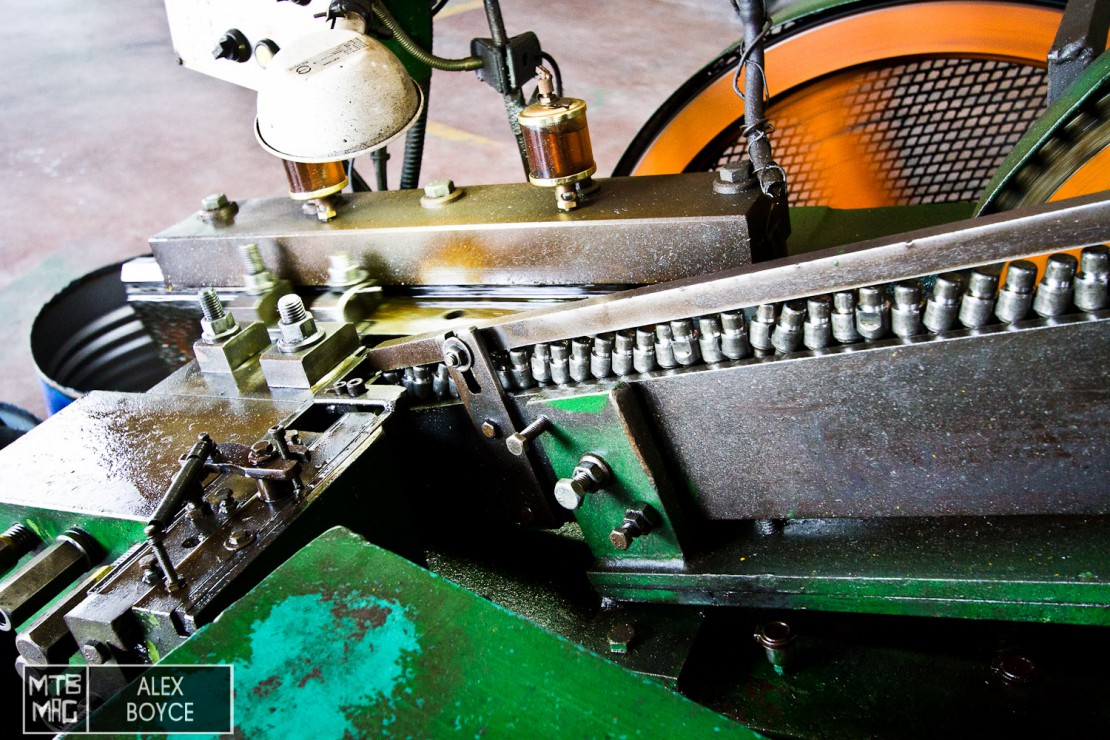
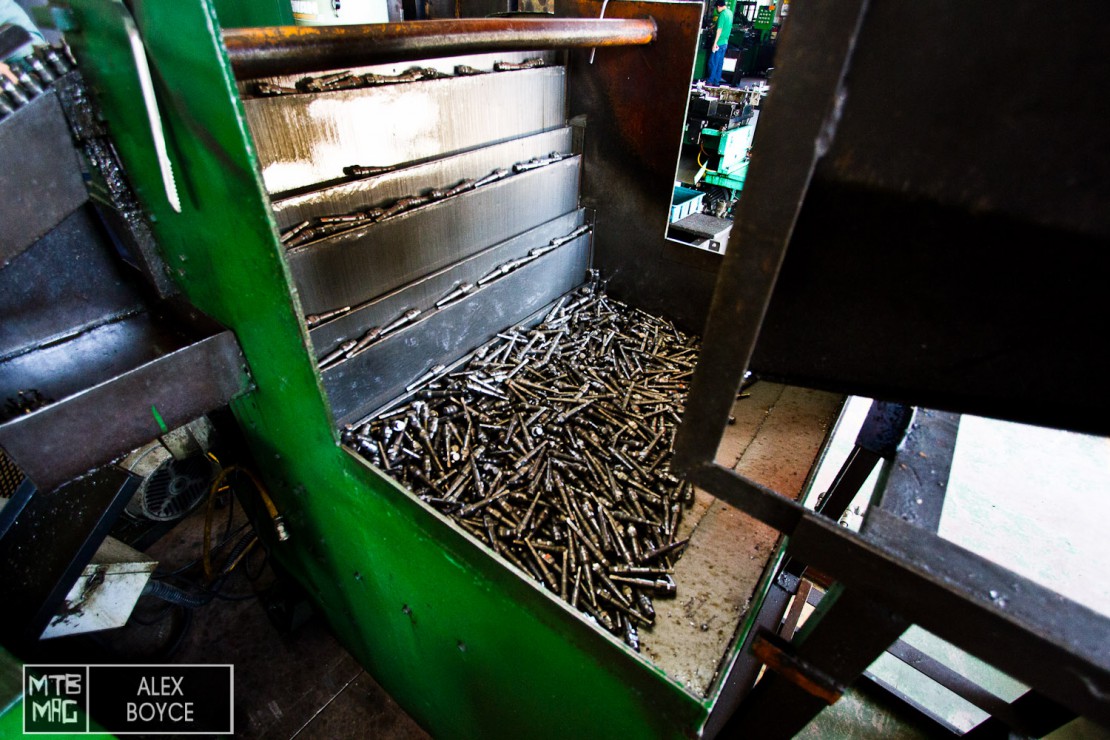
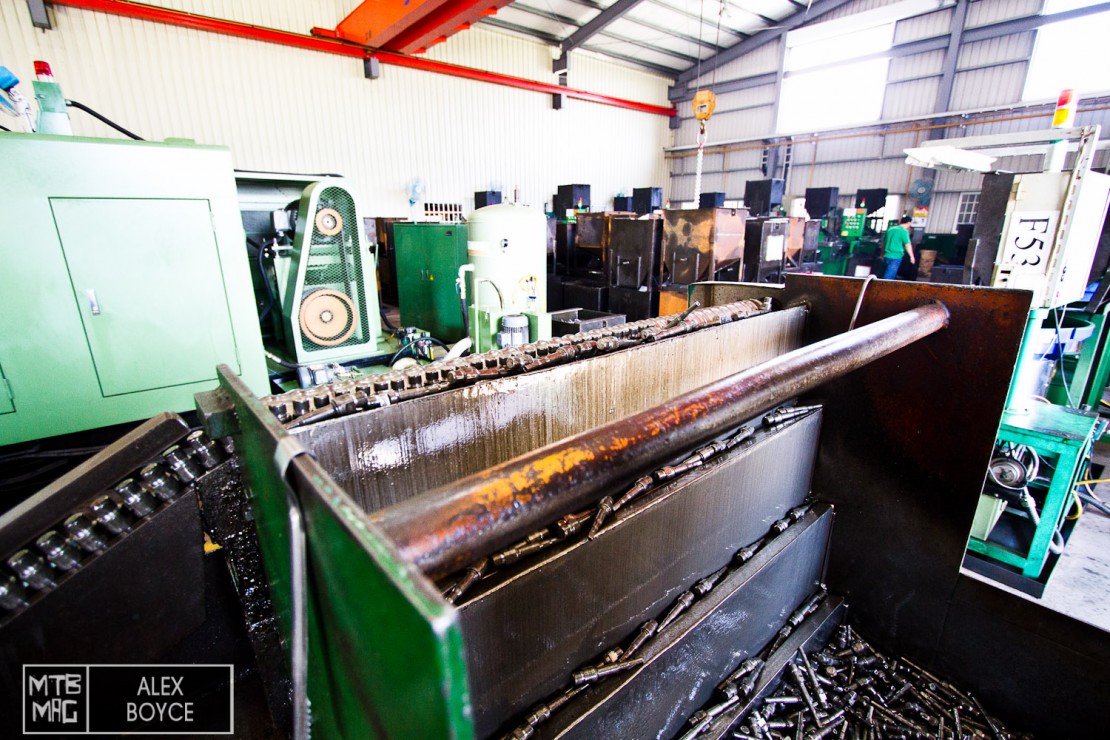
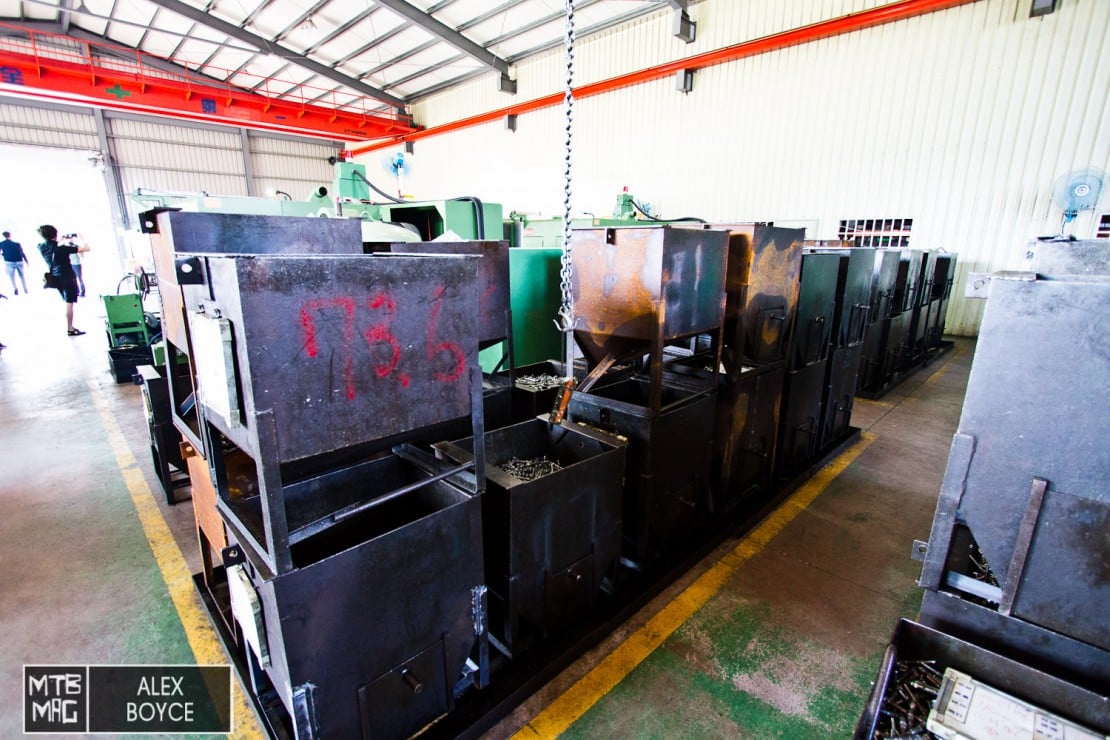
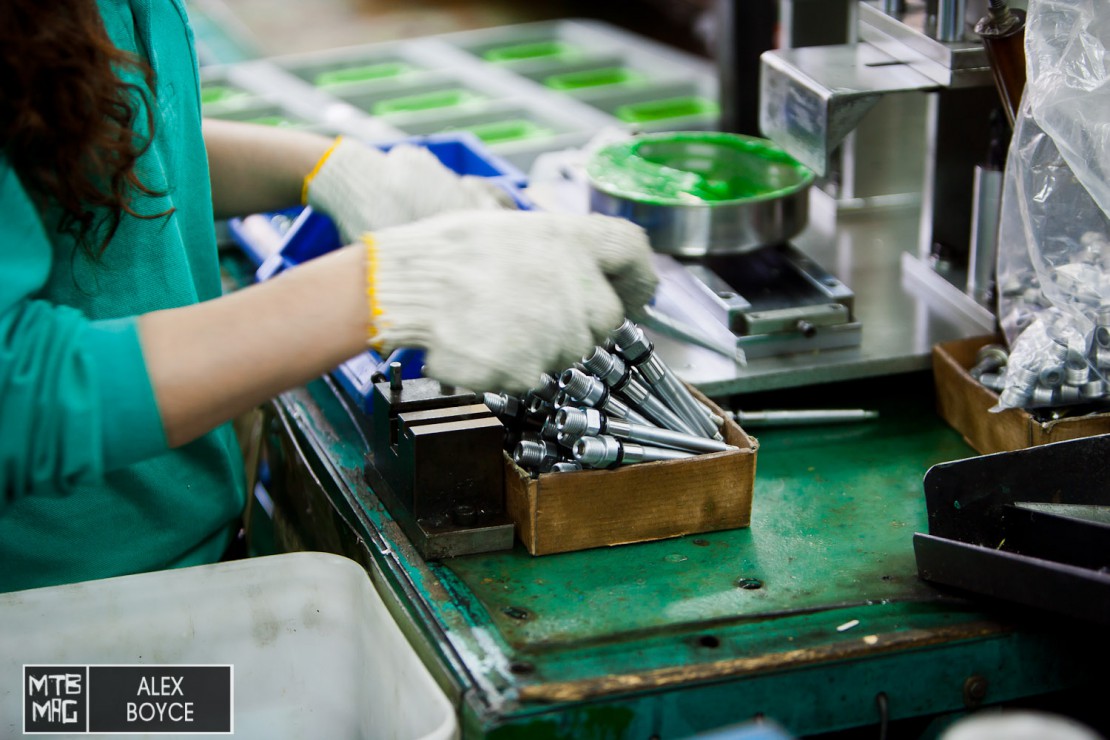
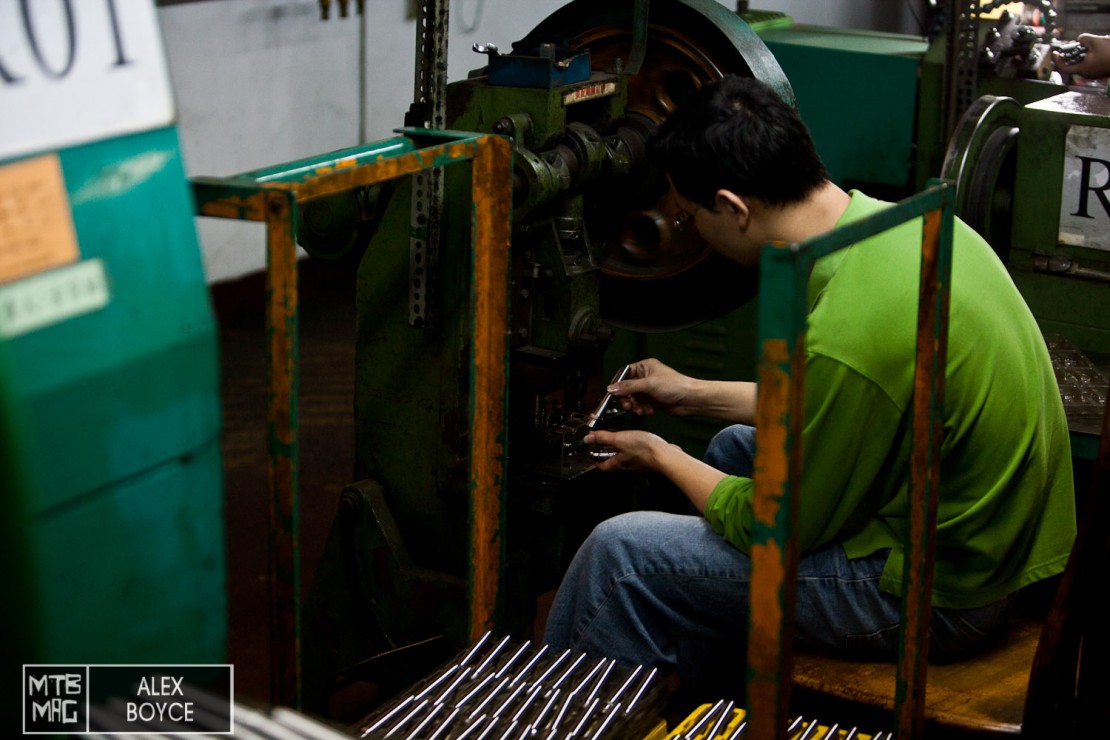
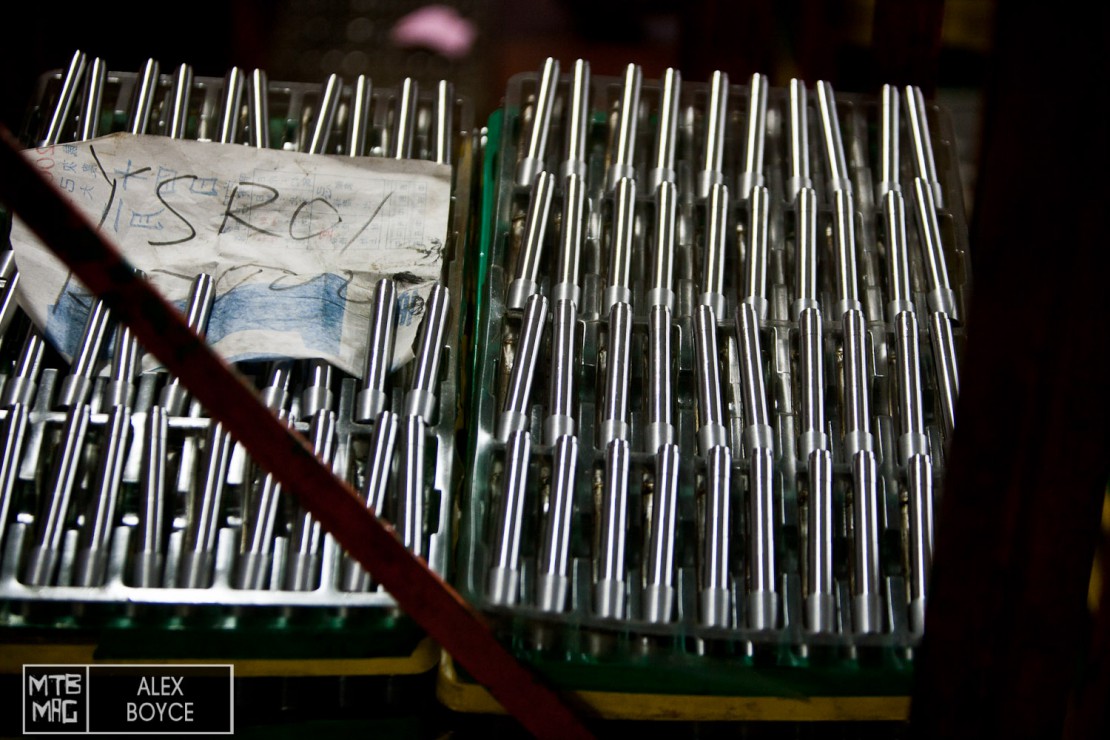
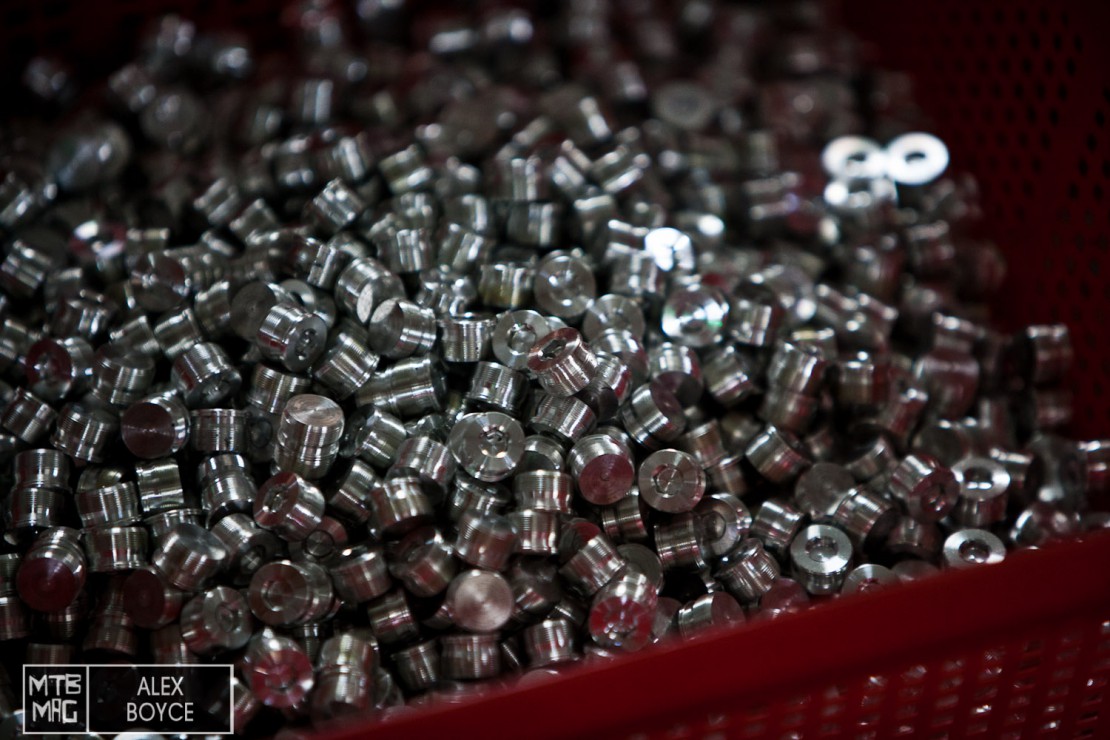
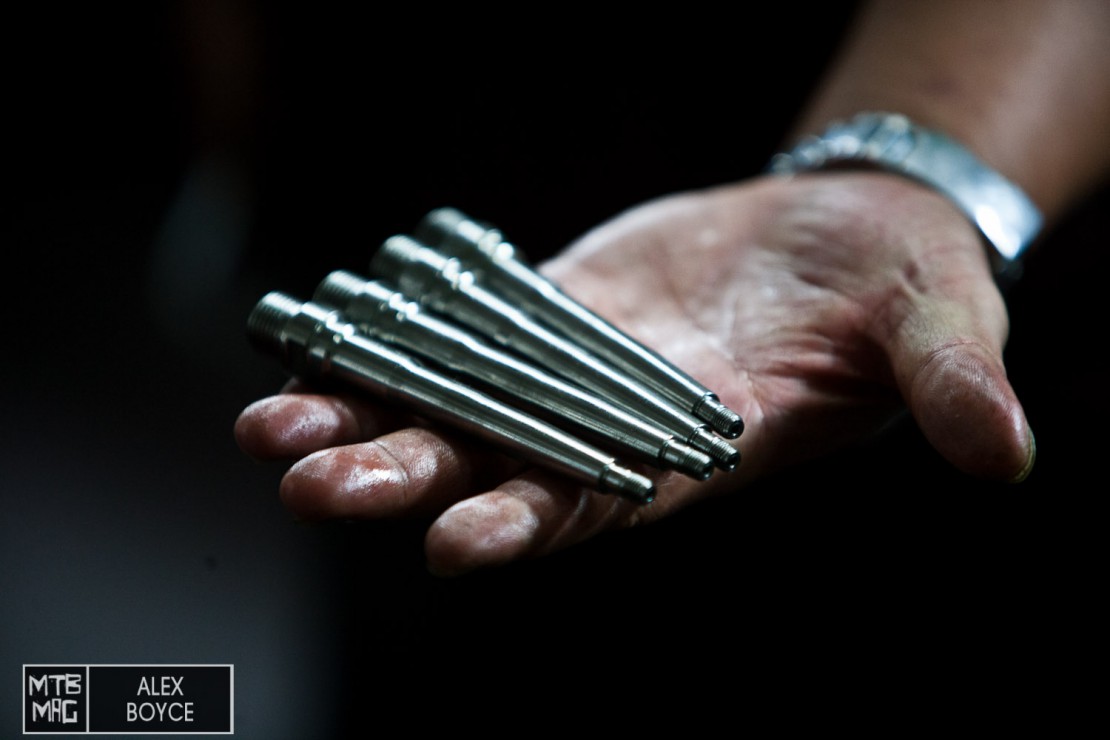
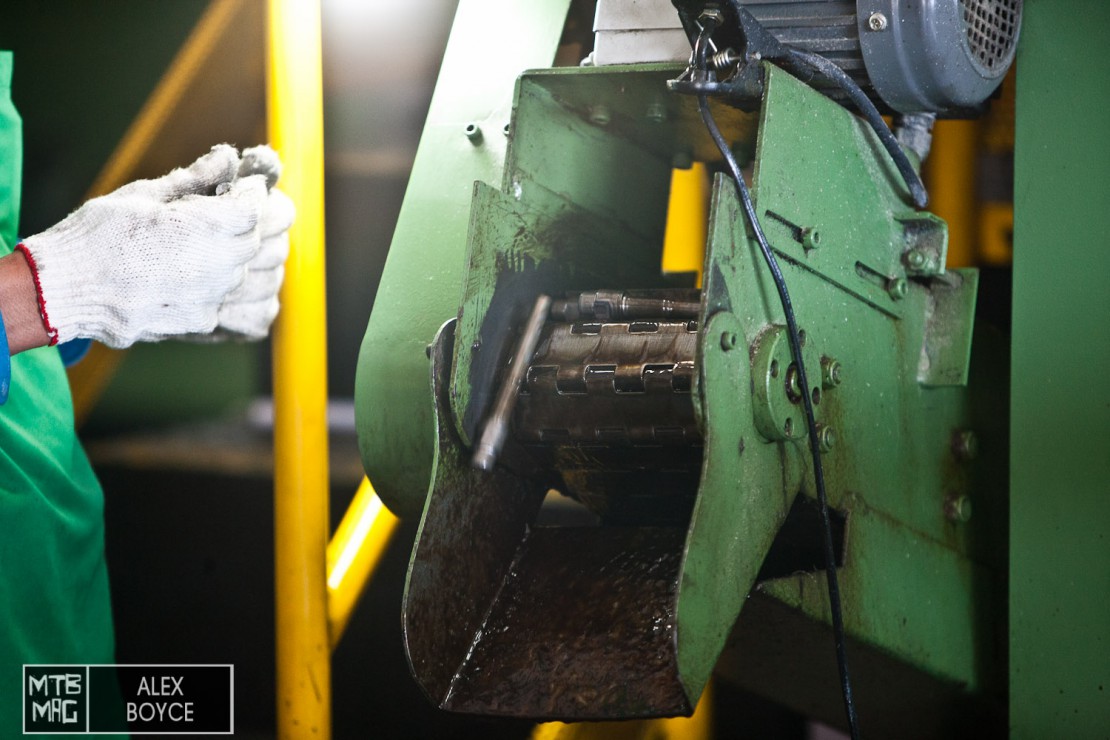
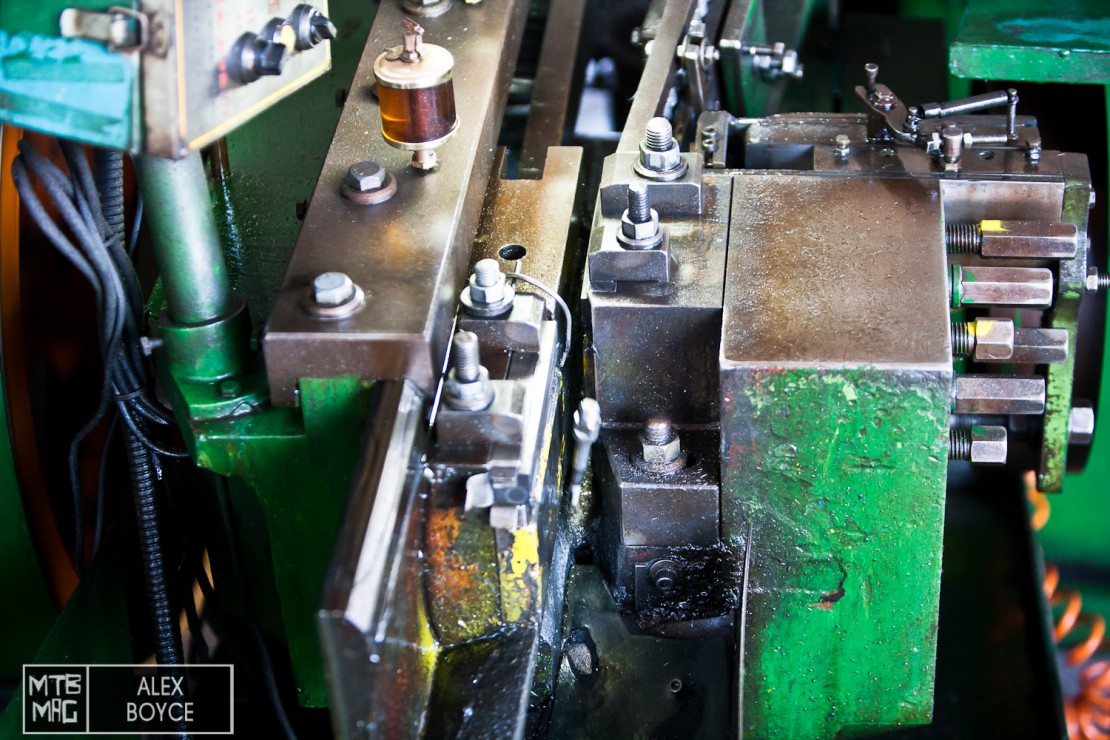
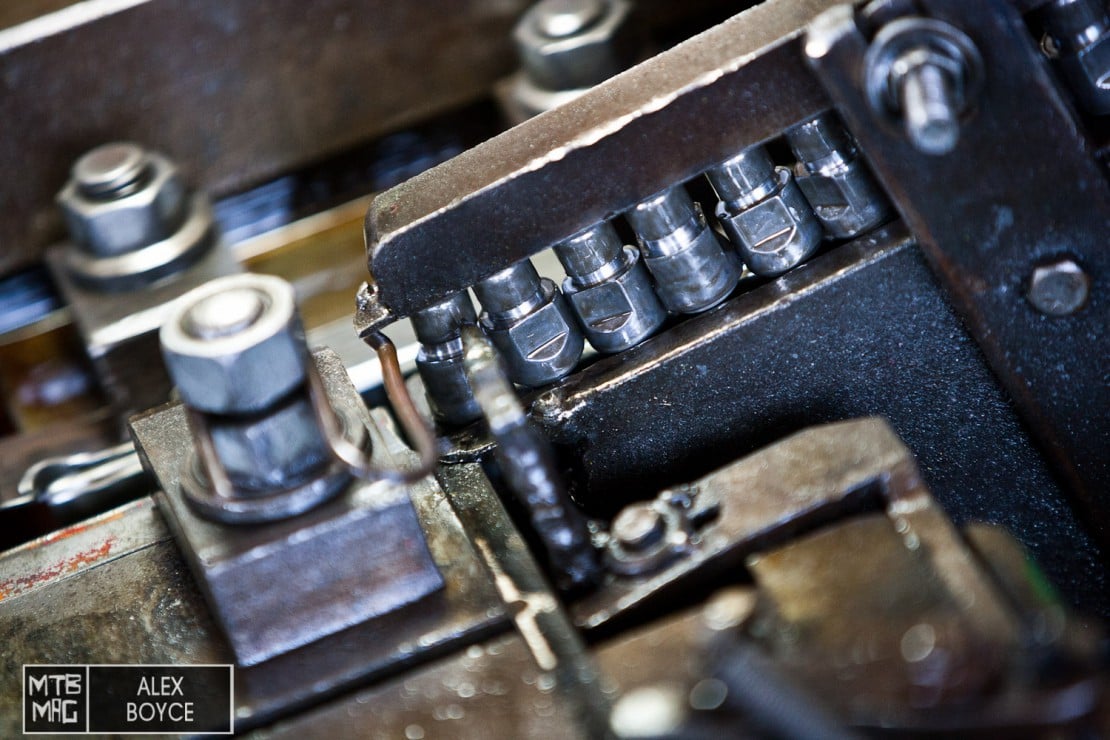
Pedal Assembly
Once all is correct parts wise, the components are put together.
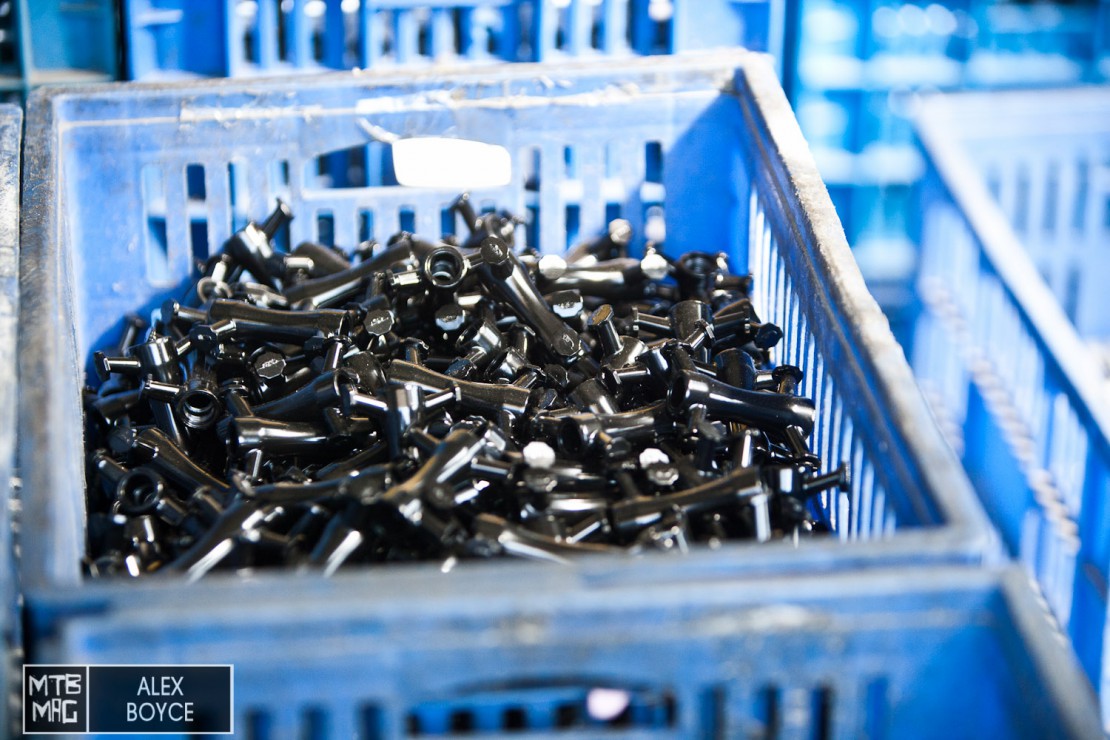
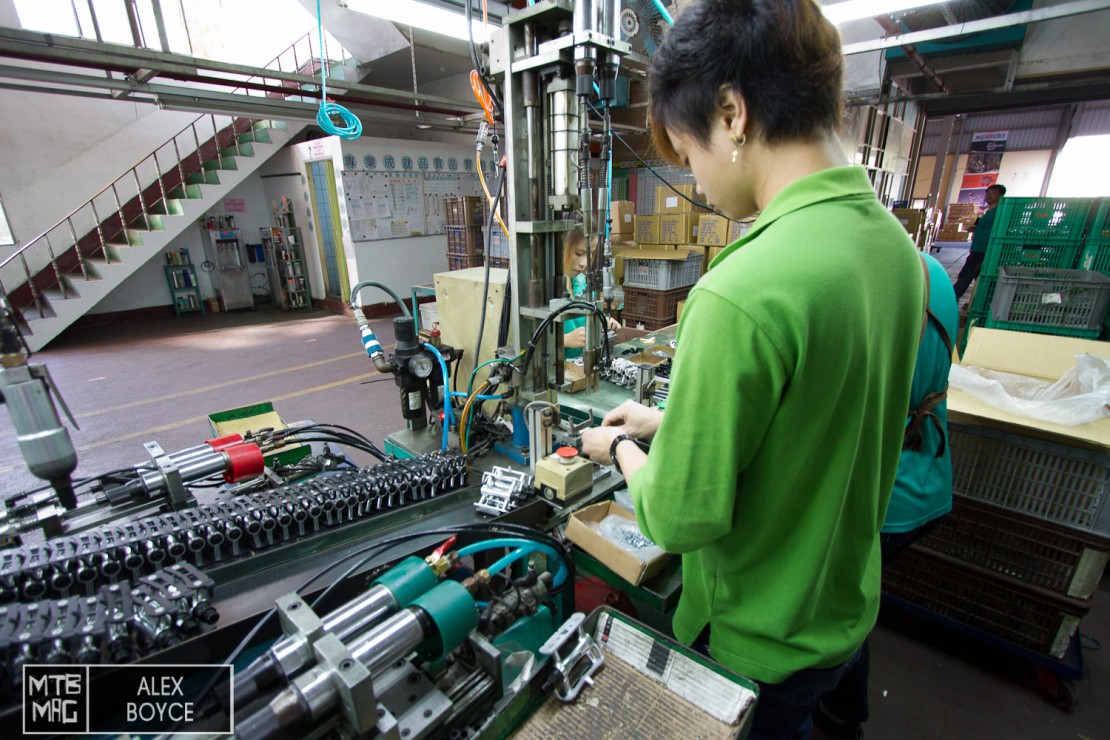
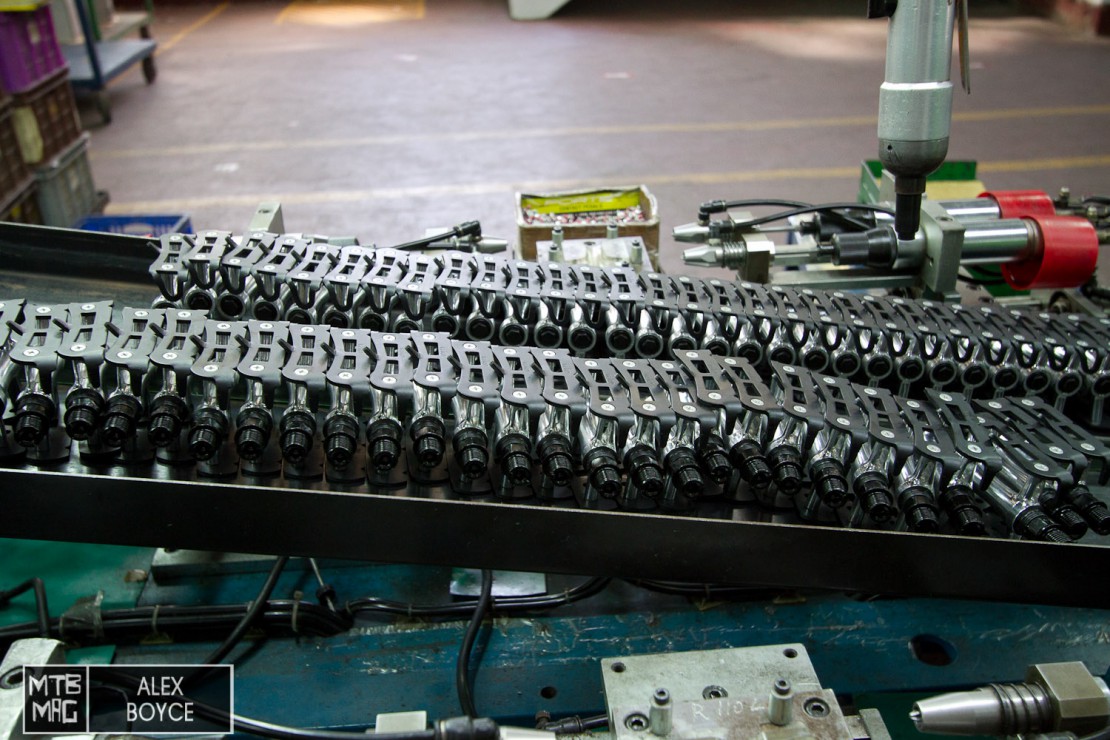
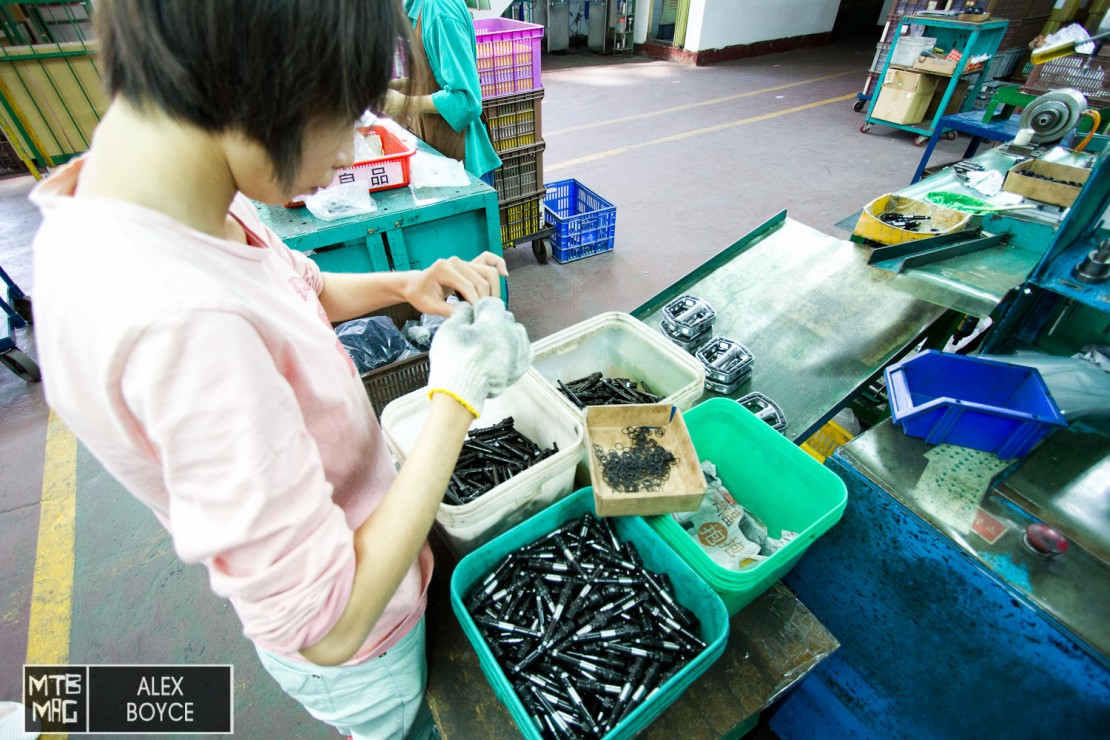
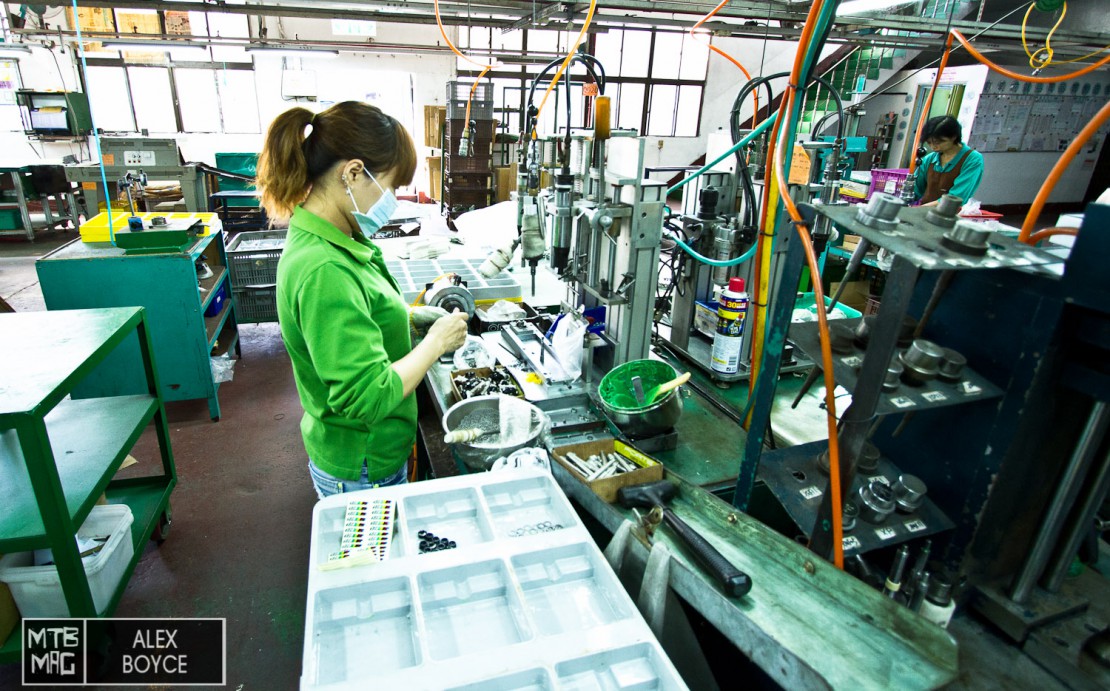
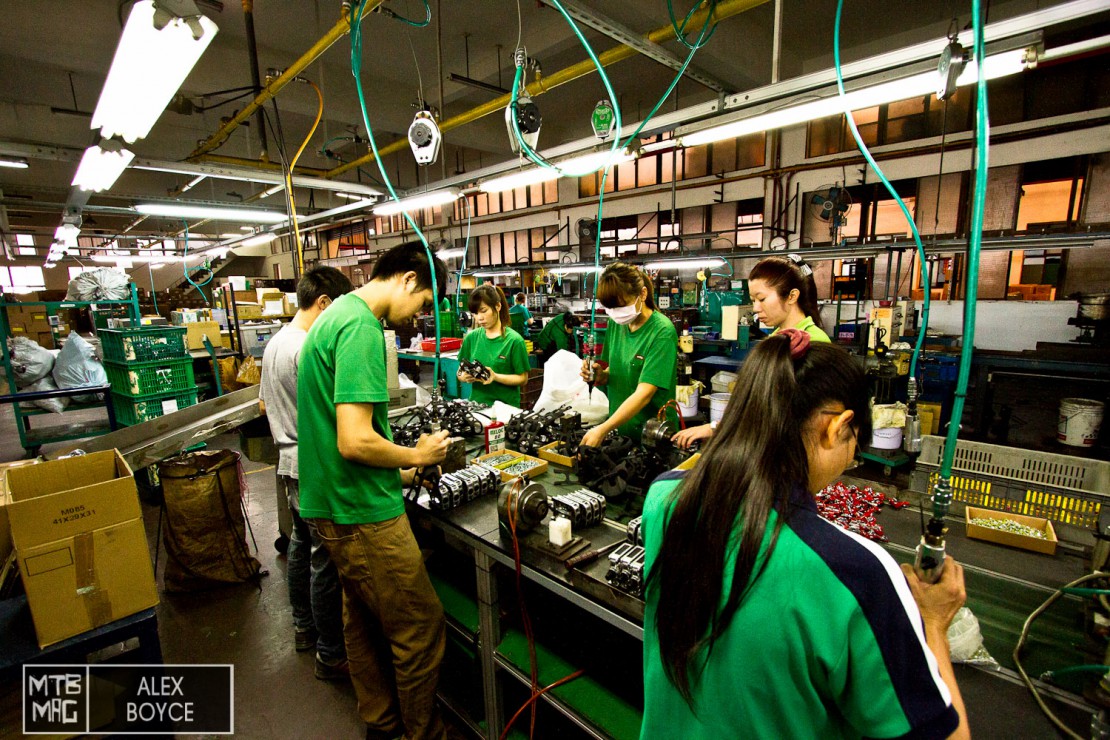
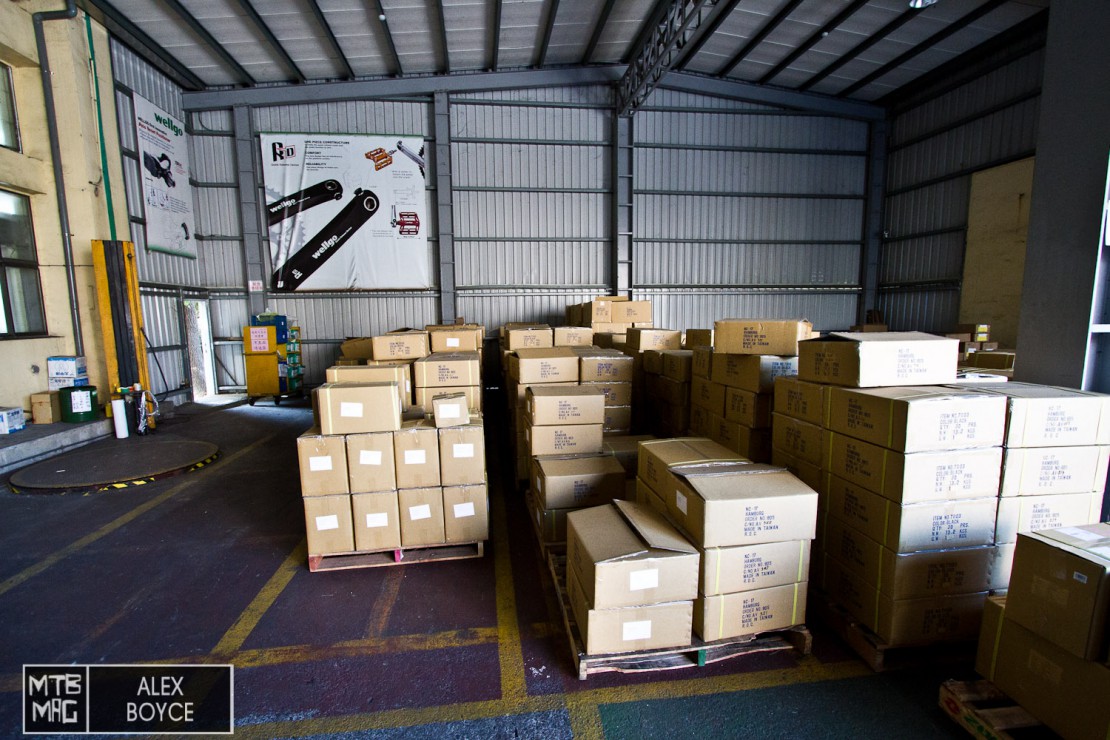
Finished products
Wellgo produce for many companies, but have their own range of pedals as well, which they showed us in their product display room.
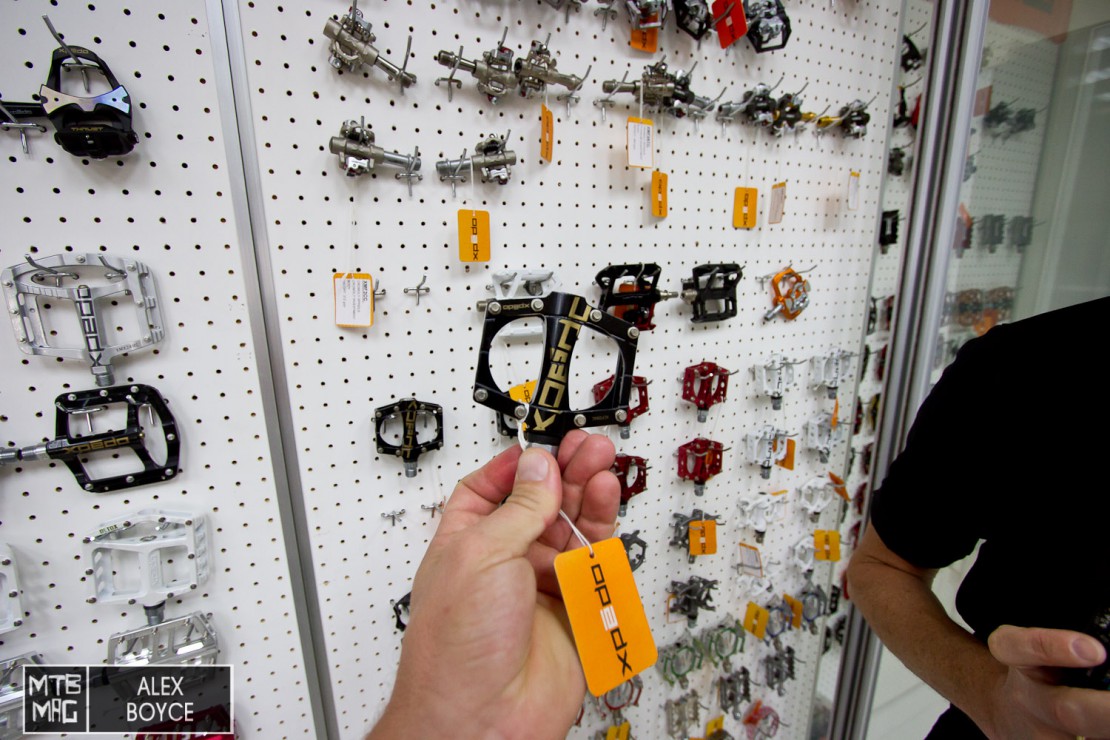
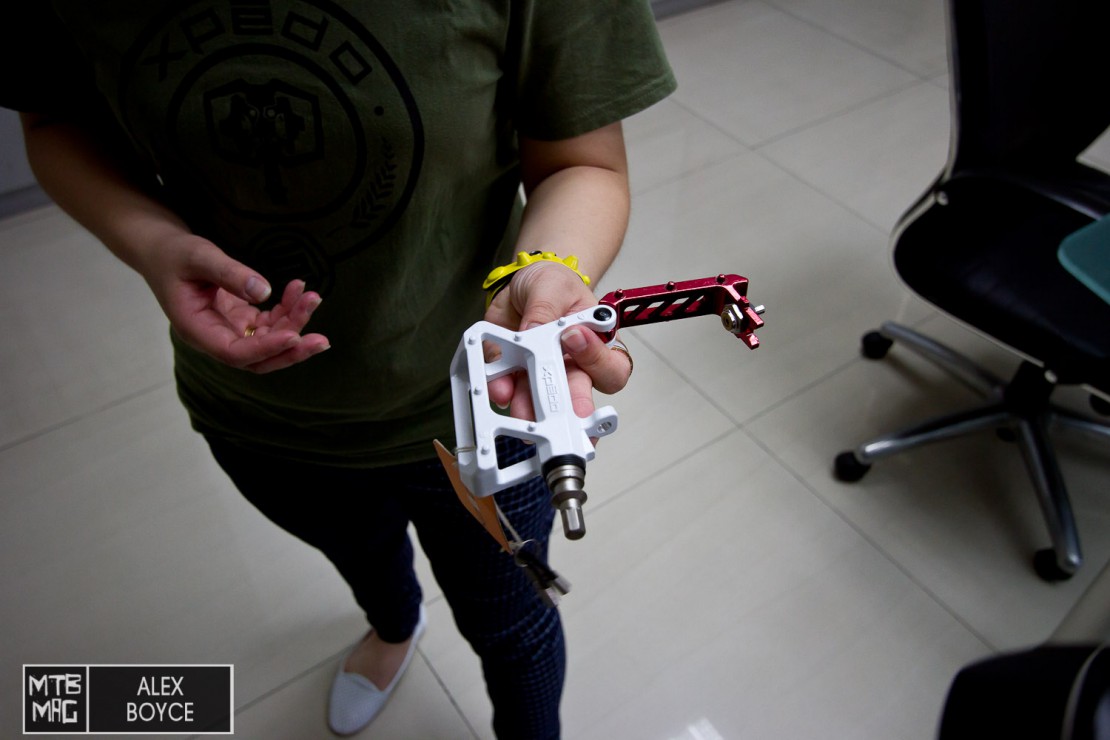
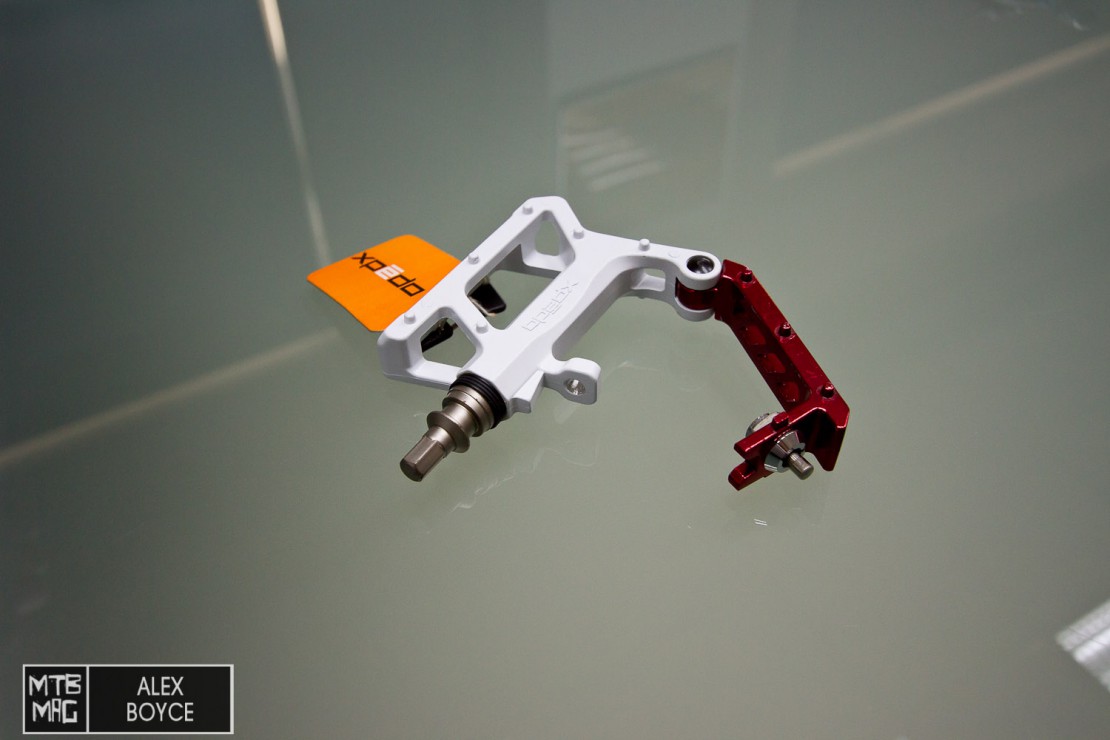
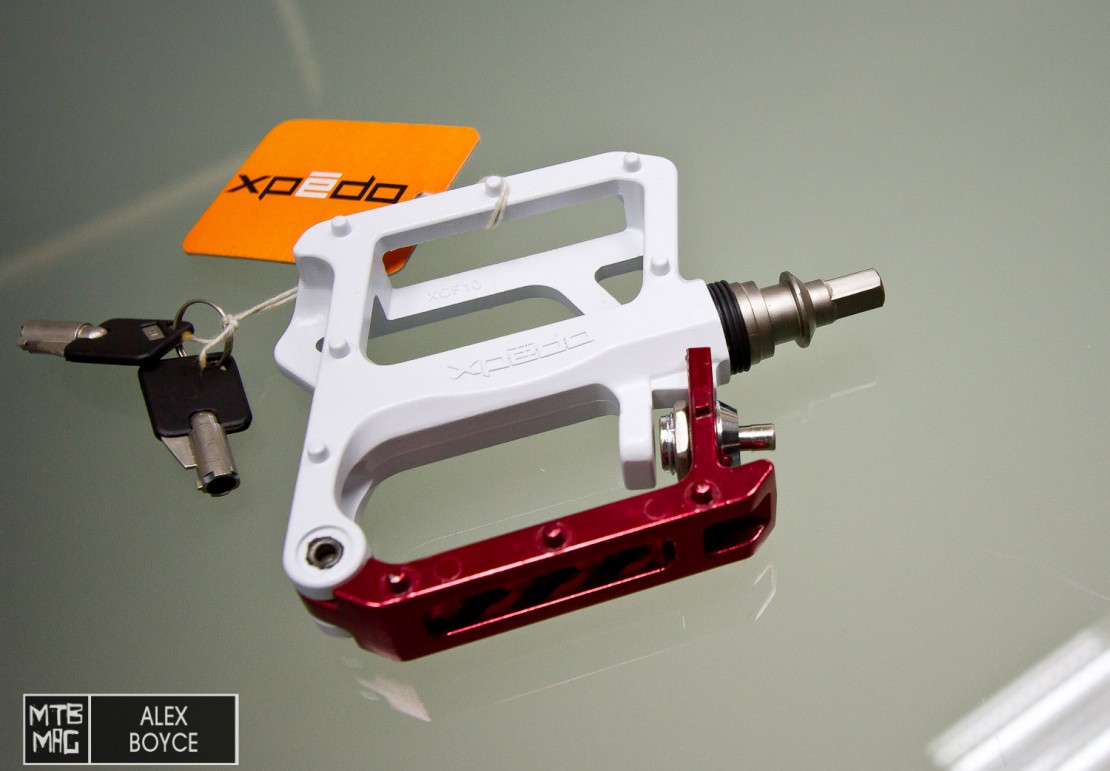
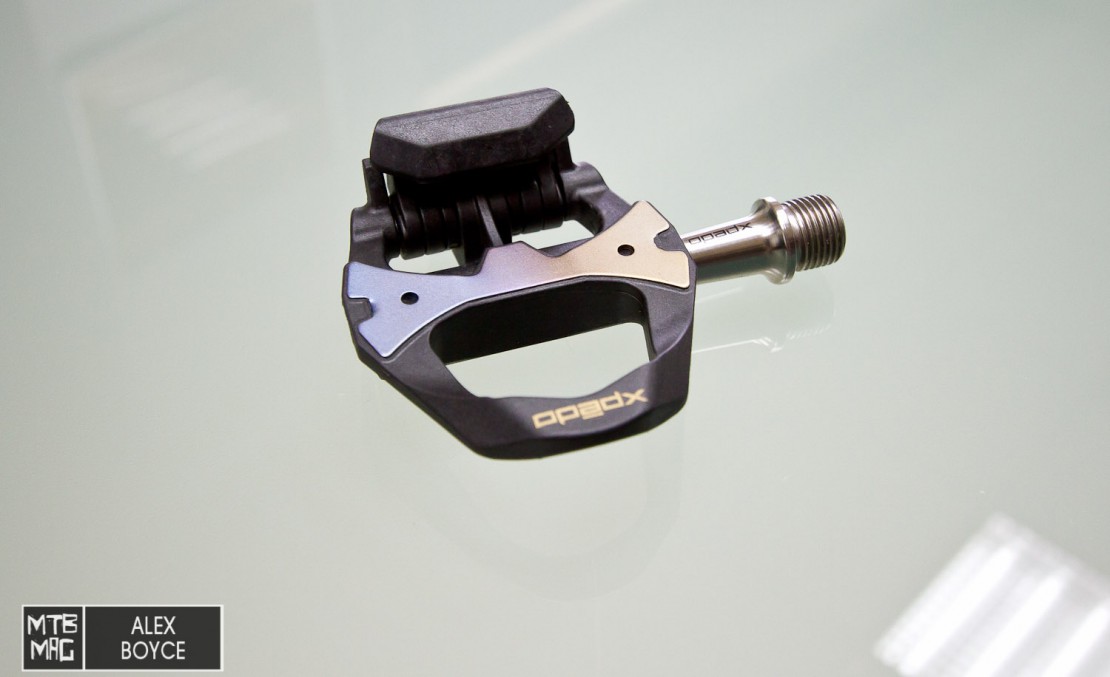
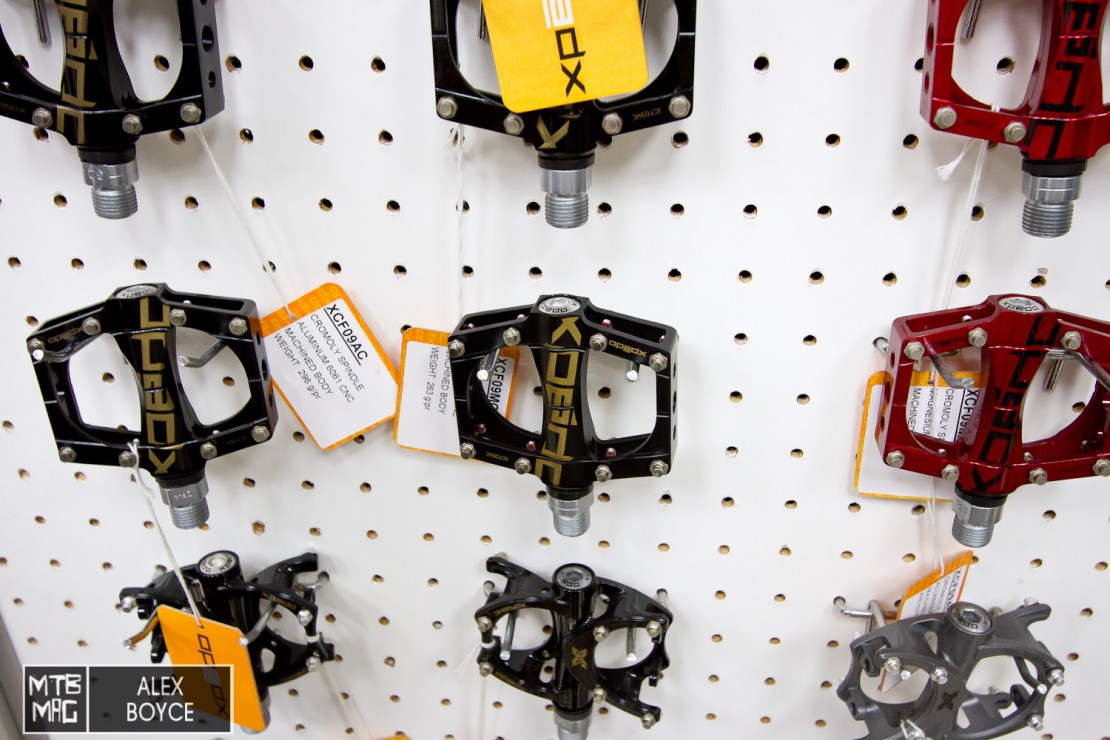
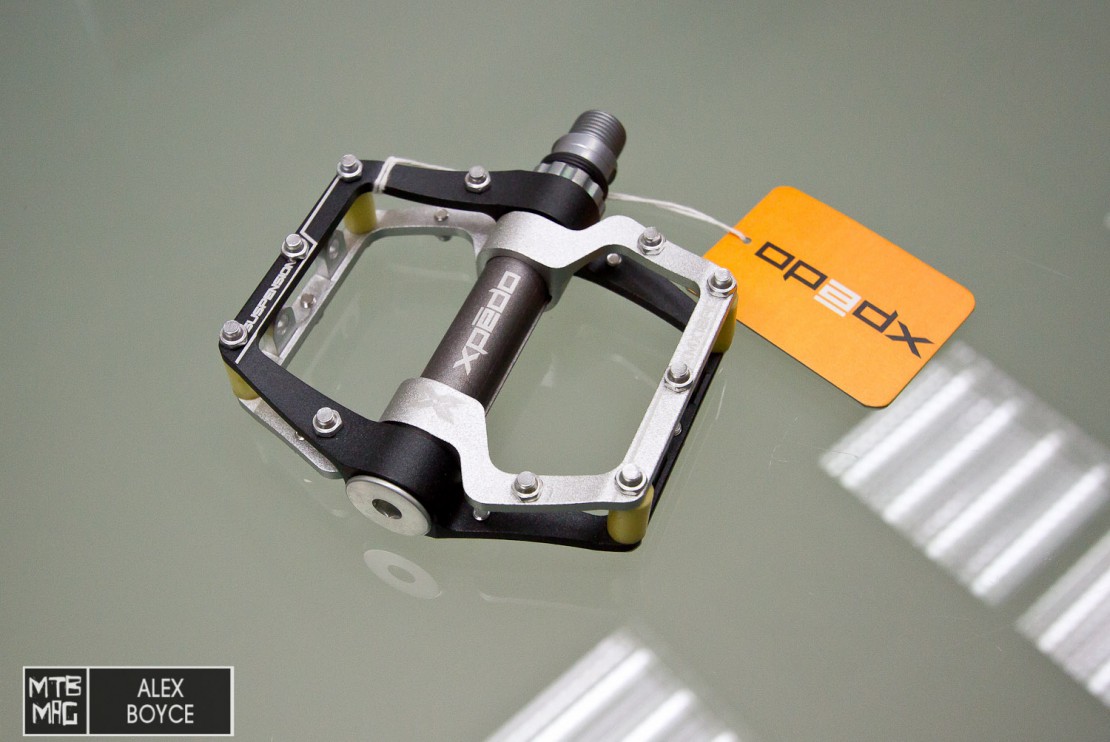
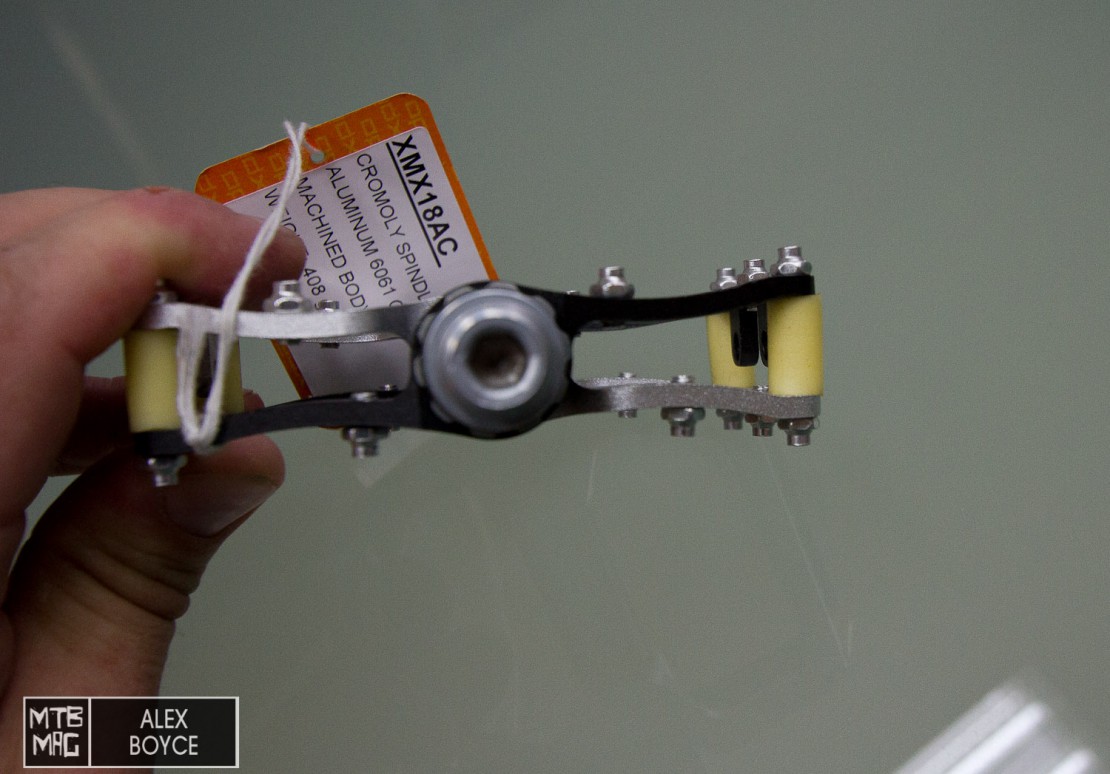
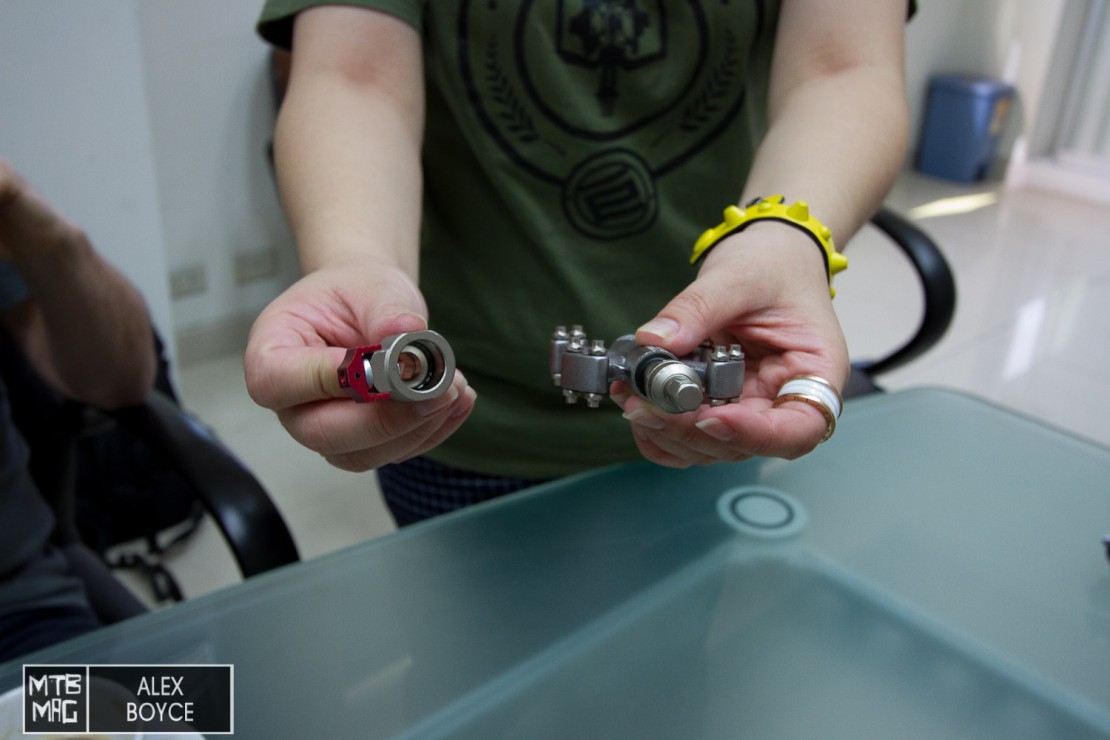
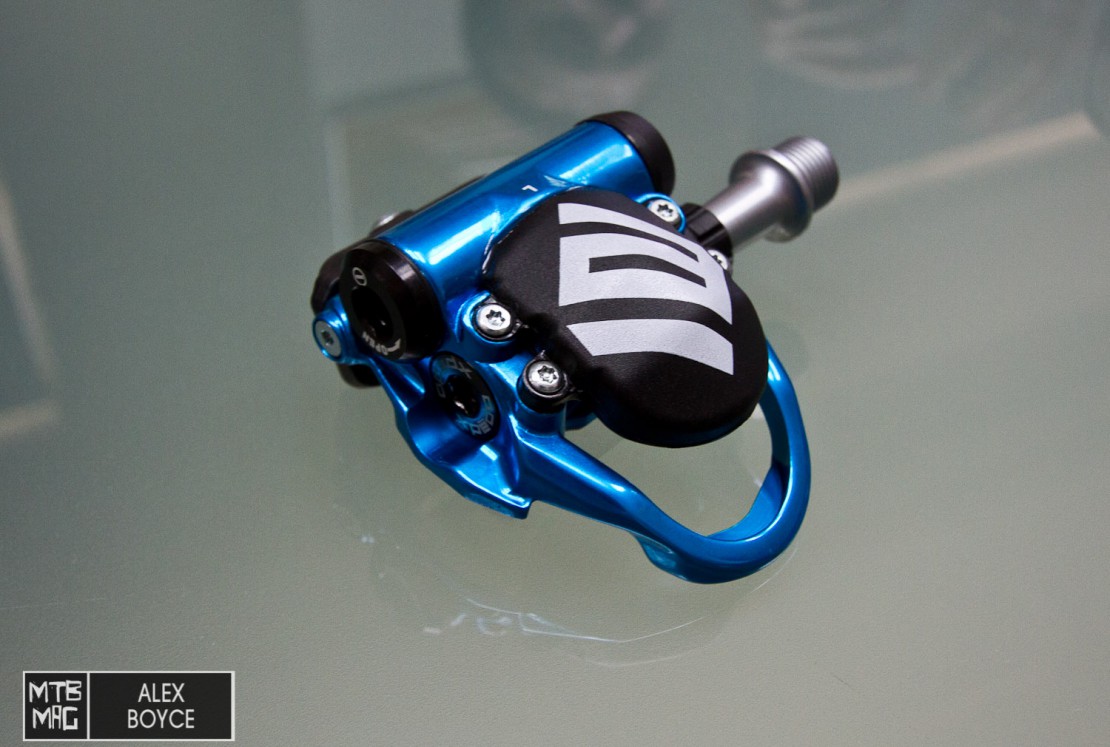
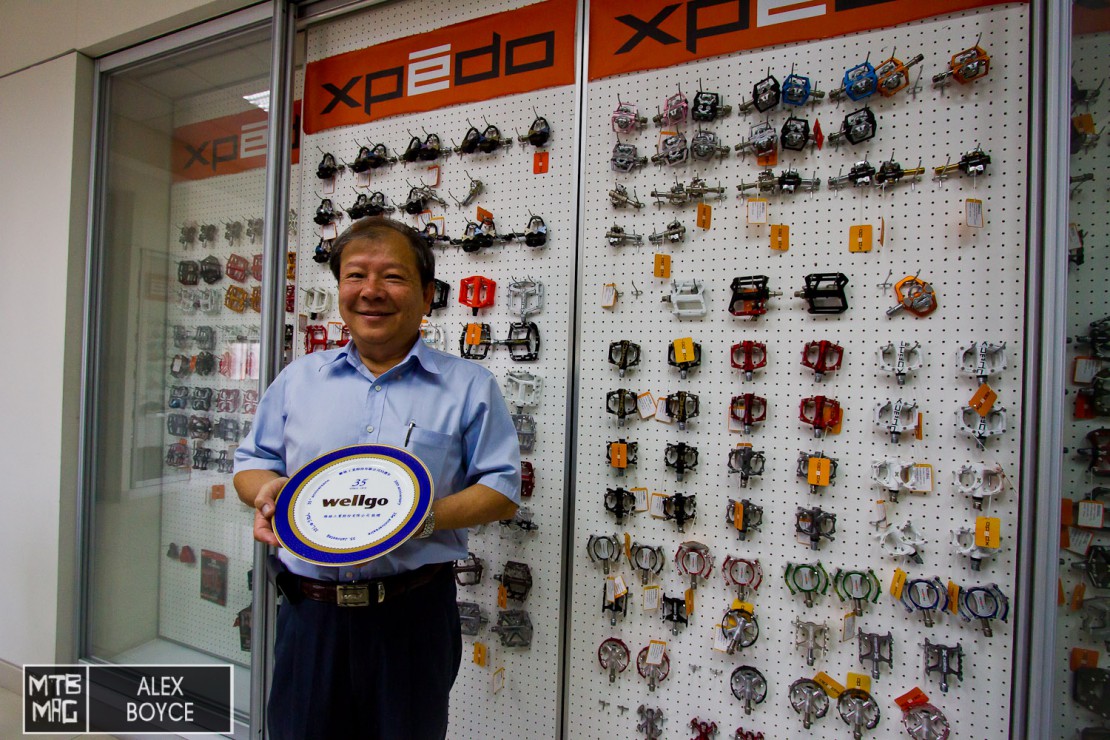
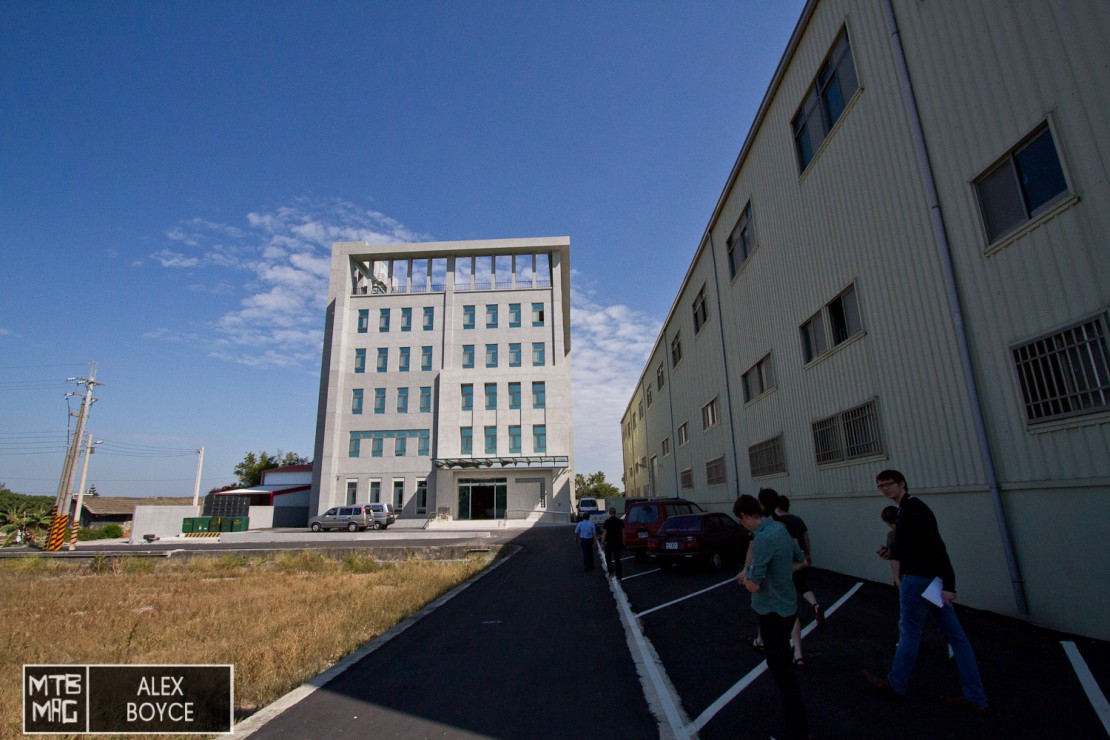
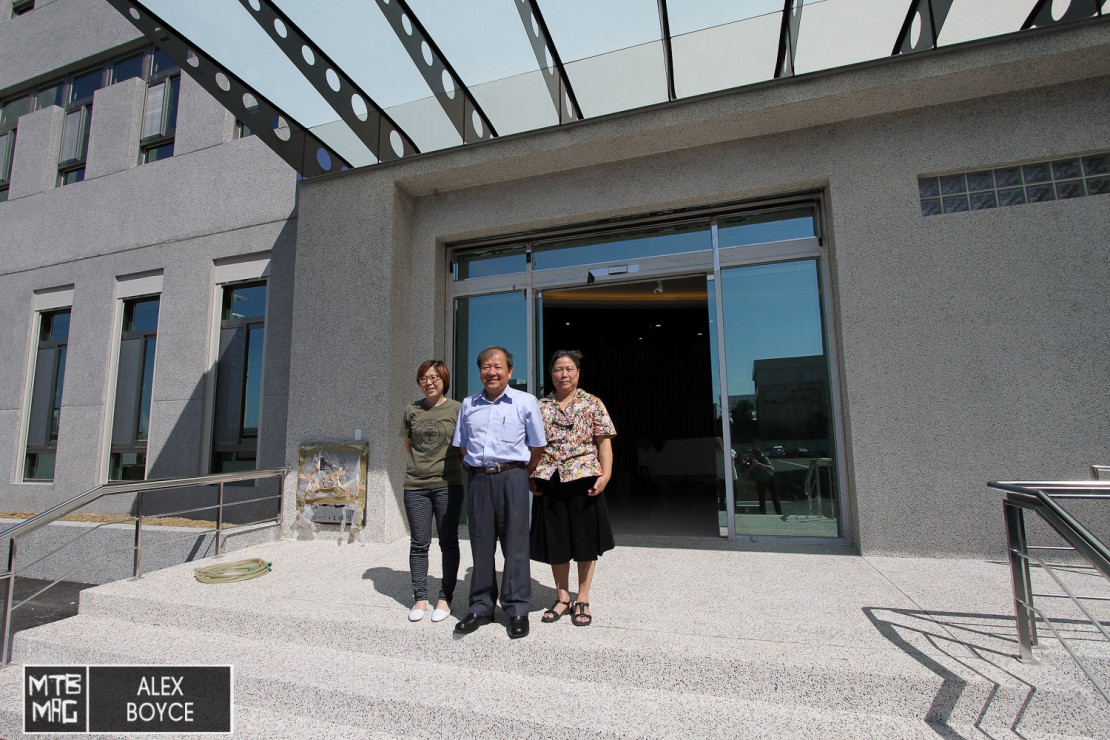
Seeing the production of pedals up close drew our attention firstly to the process and secondly to the fact that the investments made in Taiwan and the machinery needed to build and assemble pedals is huge. Once these types of facilities existed in Europe and the USA, but with a more effiecint and cheaper production cost it gradually moved to Taiwan. Interestingly though as noted by Wellgo, production costs have increased their as well, and now factories like this only produce the higher end components, with lower quality components being made in China in factories owned by Wellgo.
Many of the techniques and processes though are kept and guarded closely by the factories as it gives a competitive edge to their production and means that when we buy a pedal we know it will work as the quality control that has been applied is pretty high.
We would like to express our thanks to Wellgo for letting us see their facility up-close, with no restrictions.


